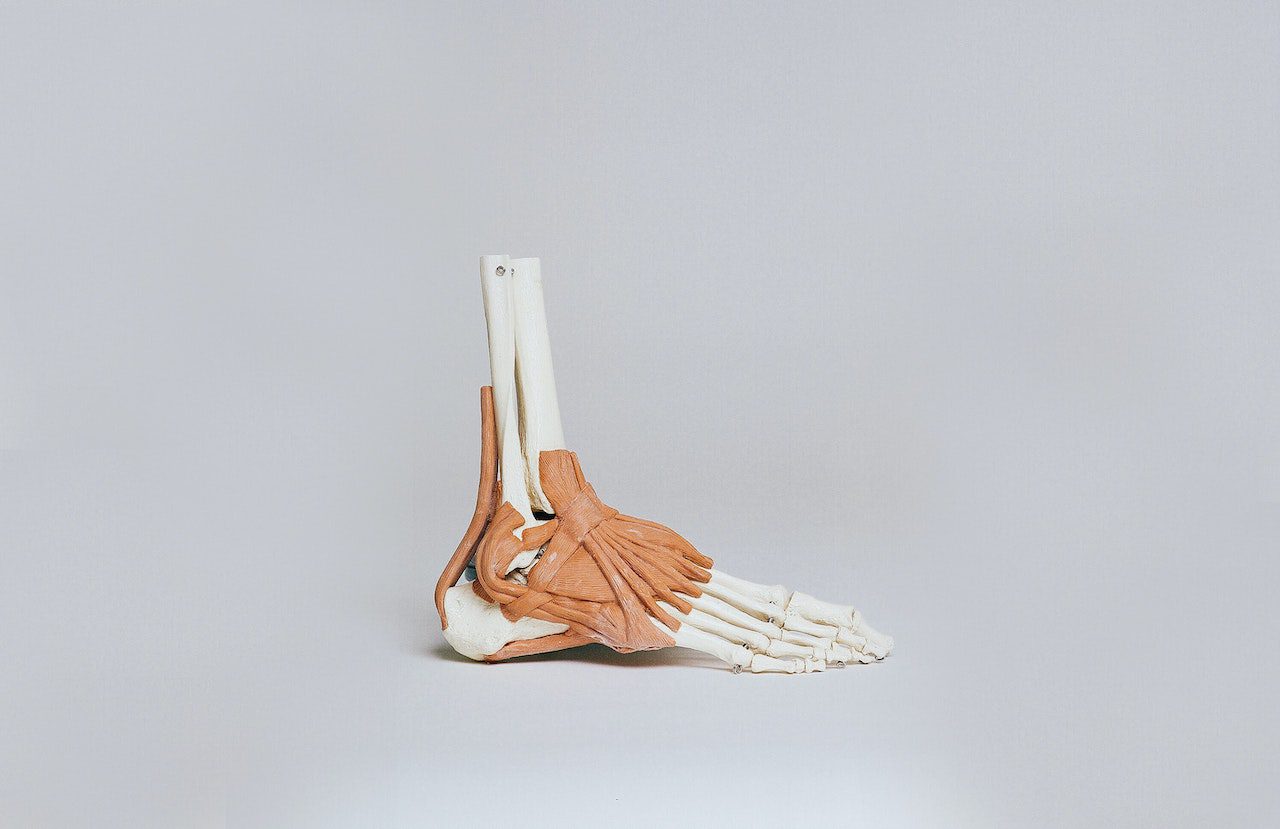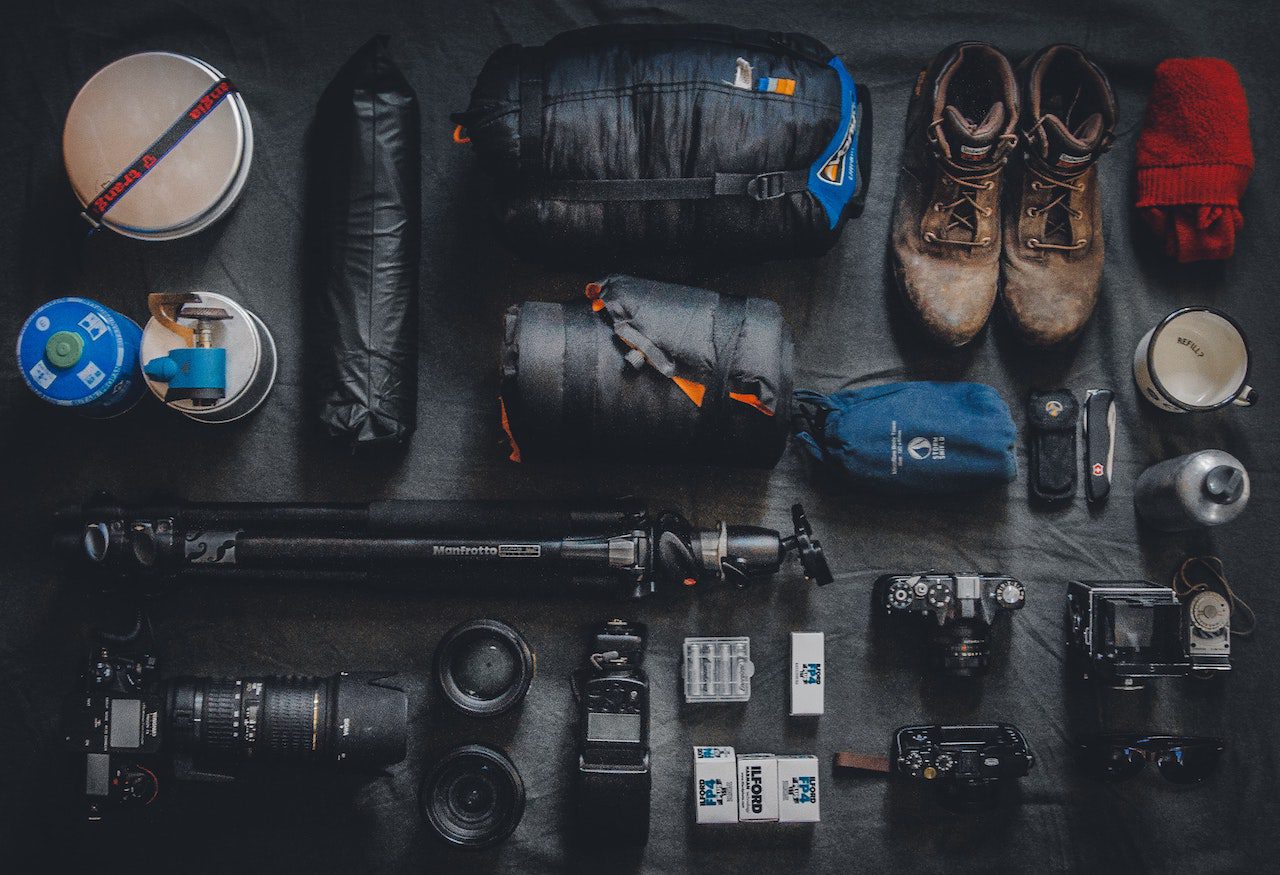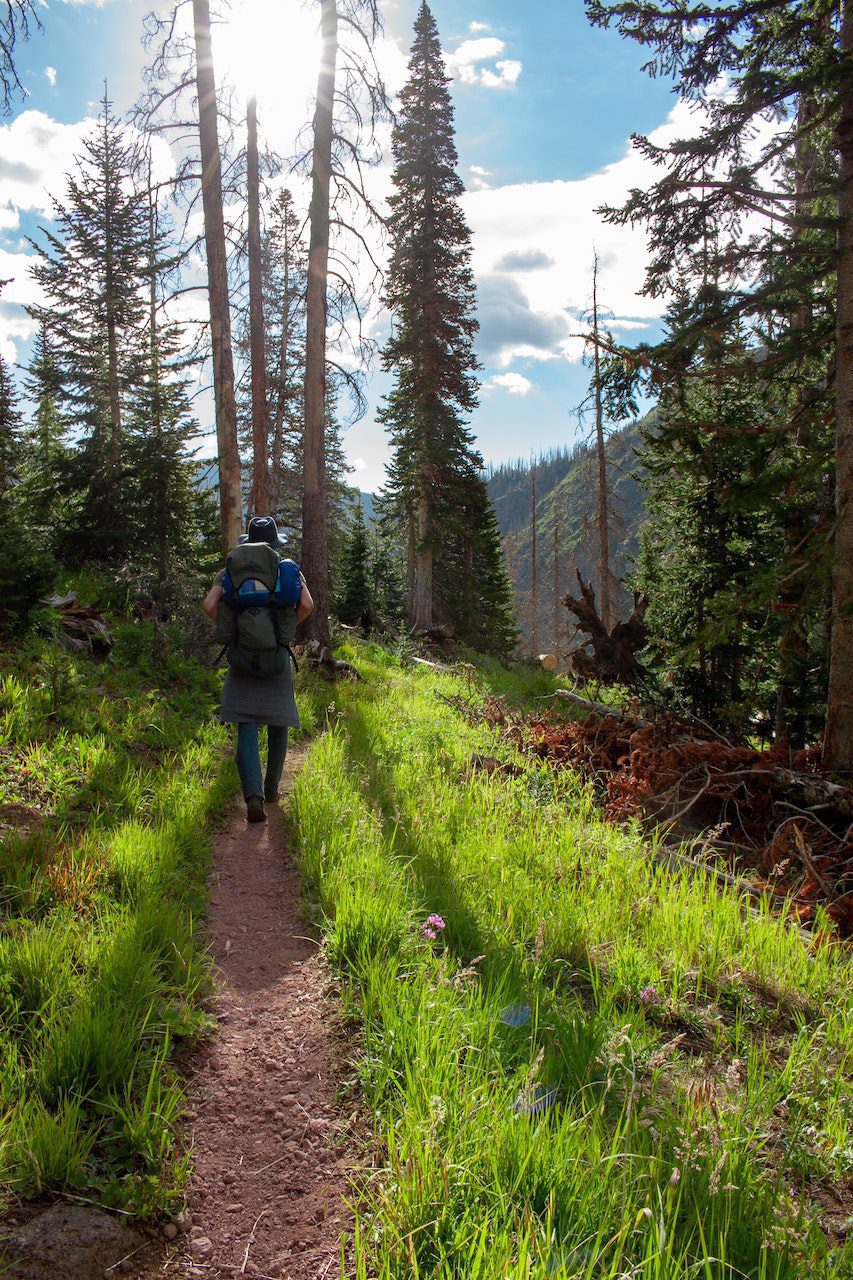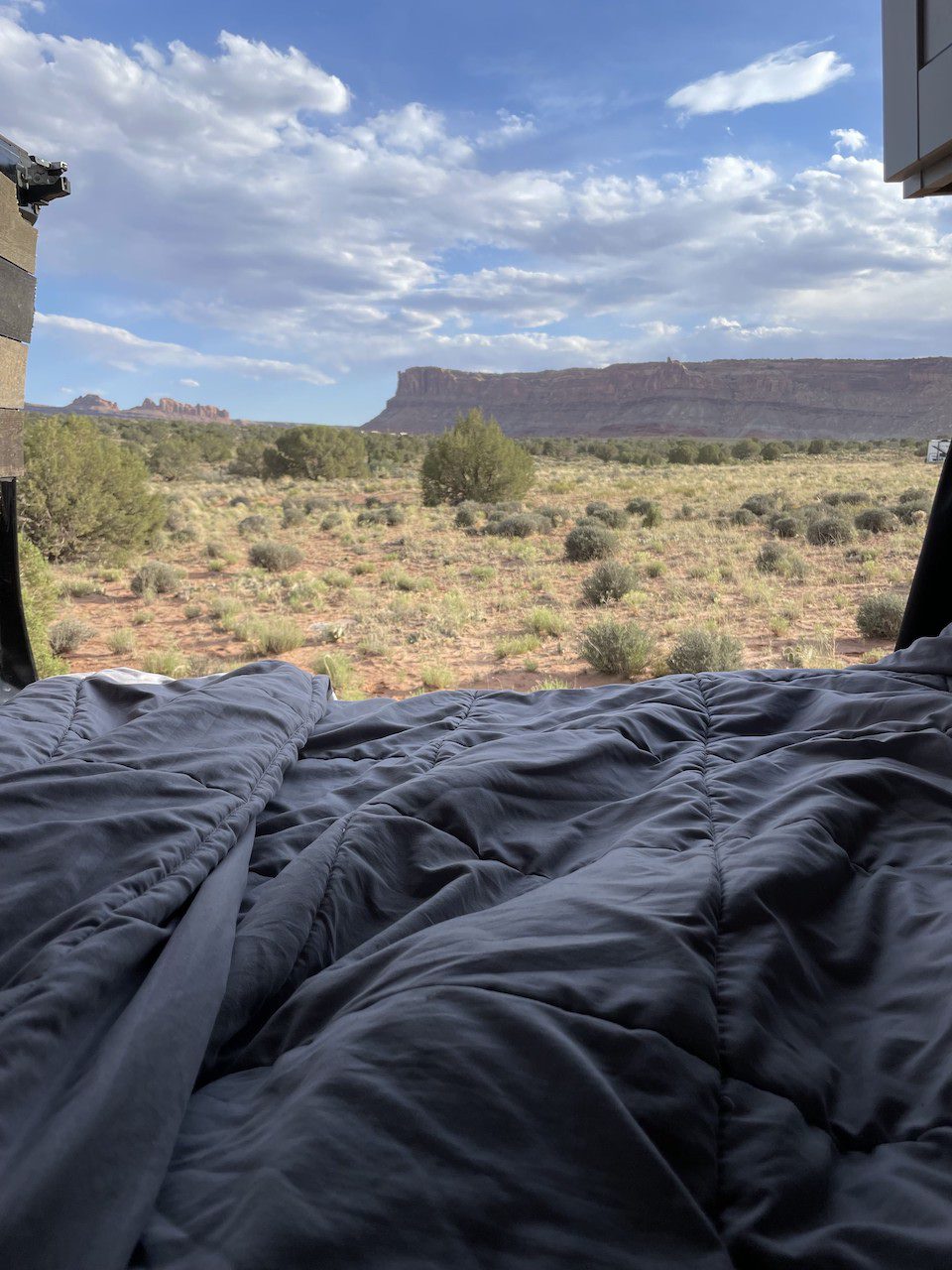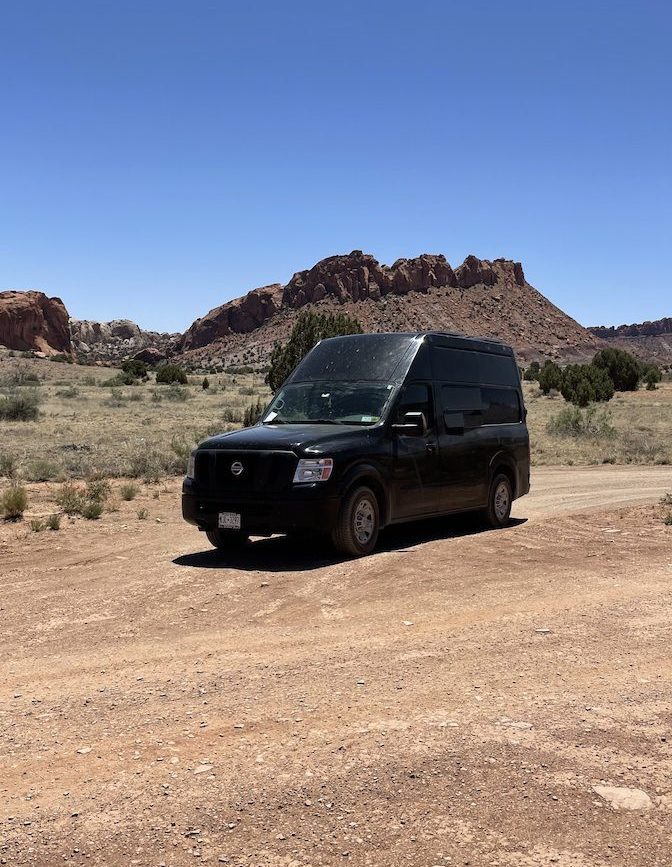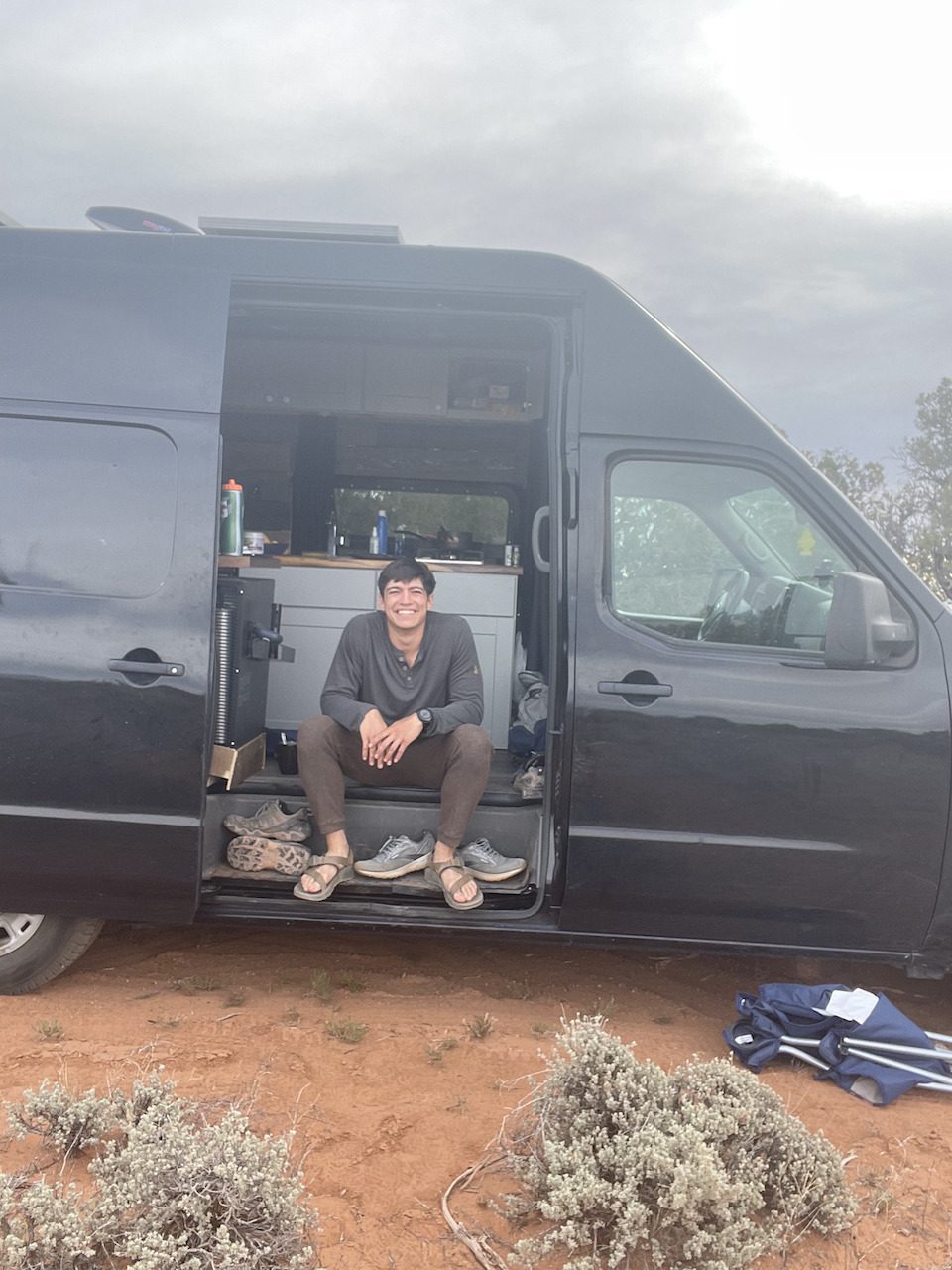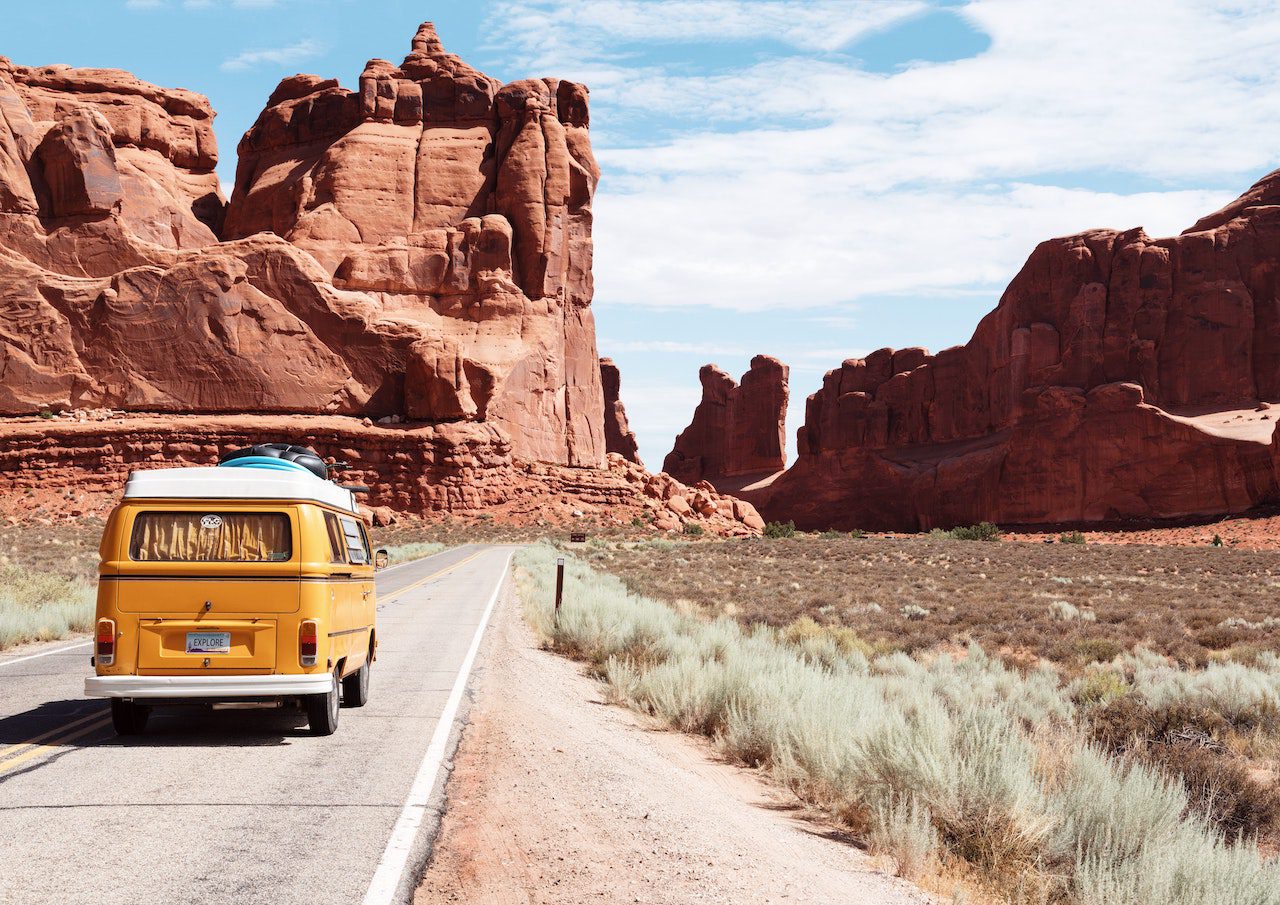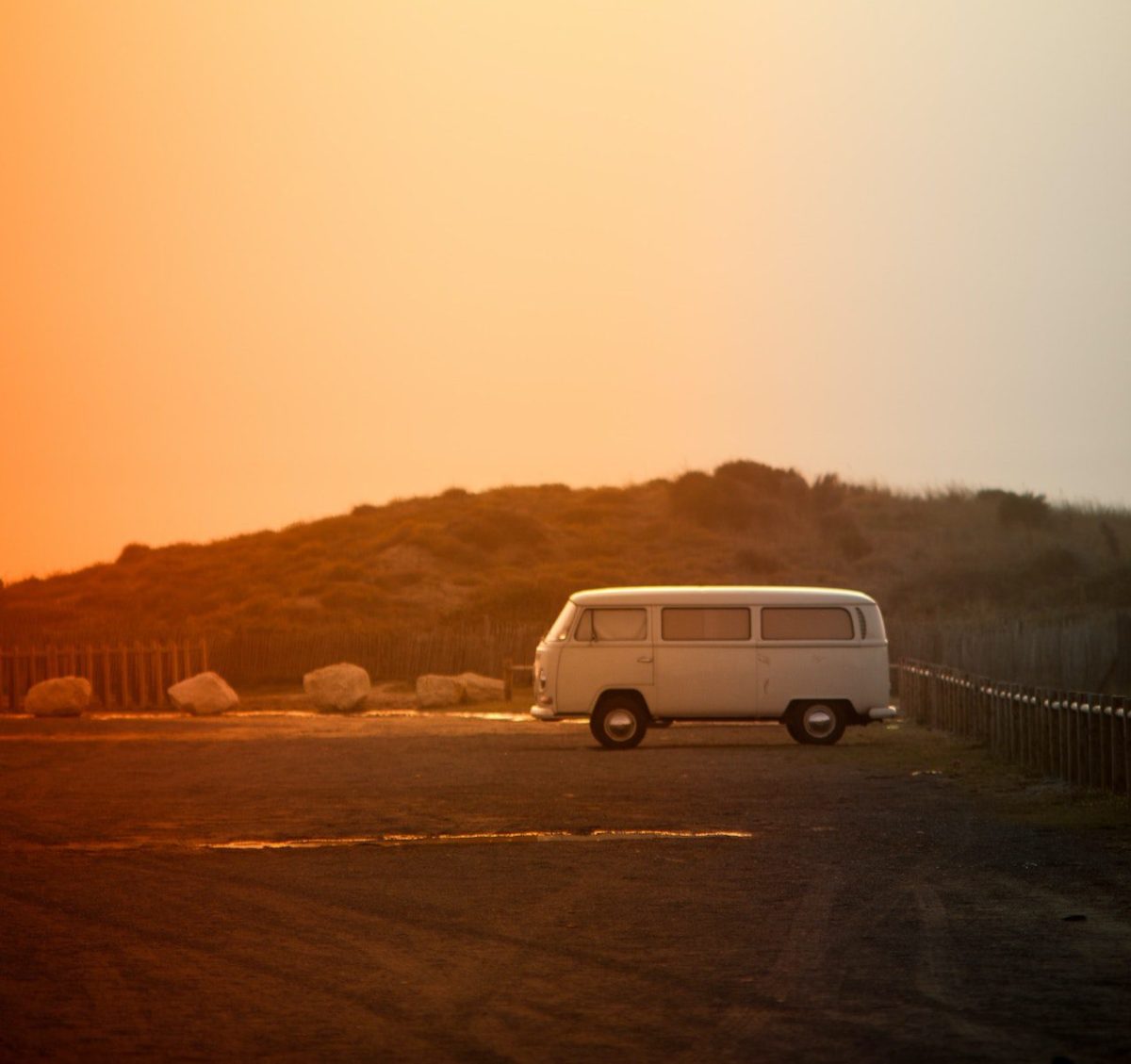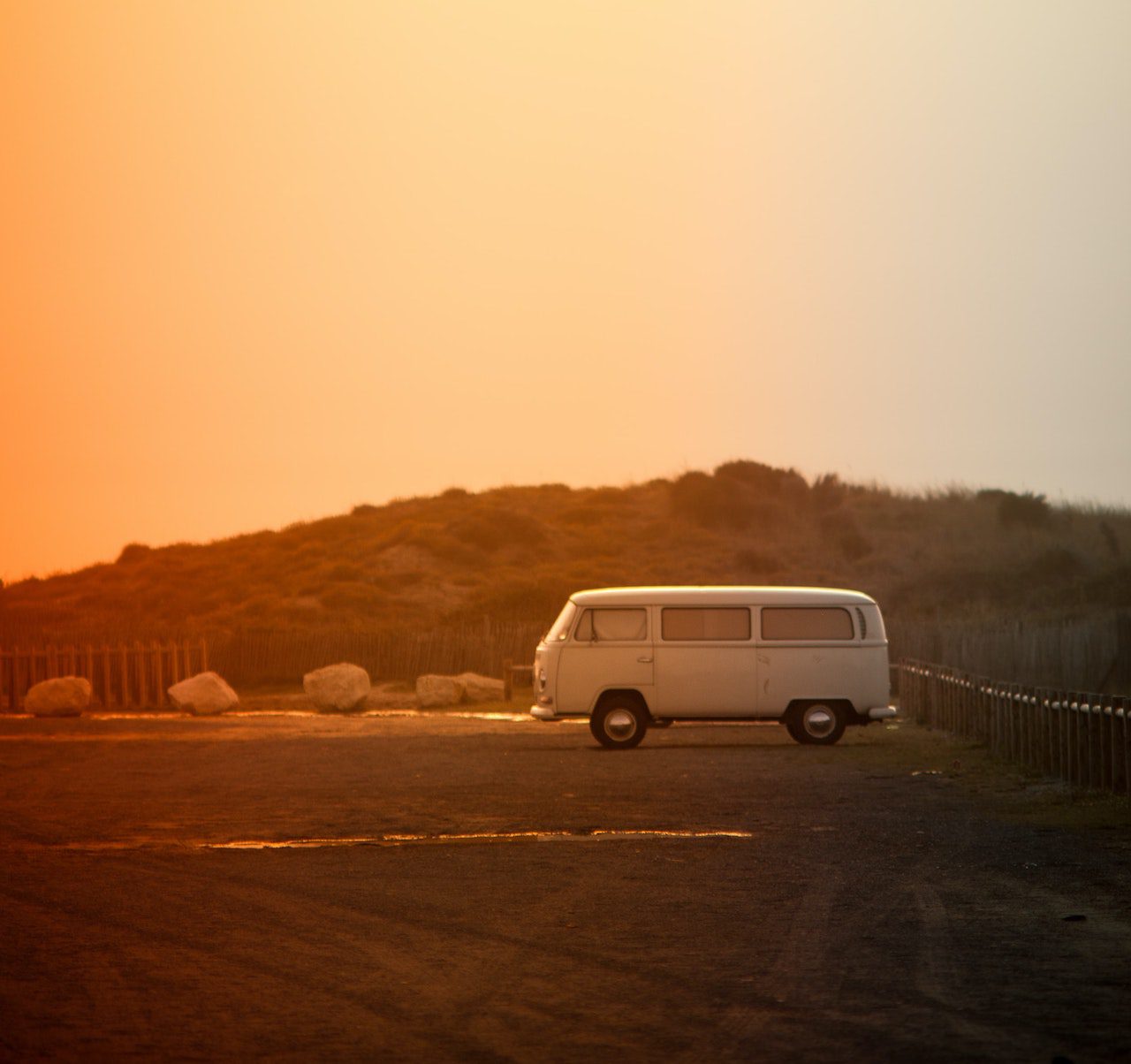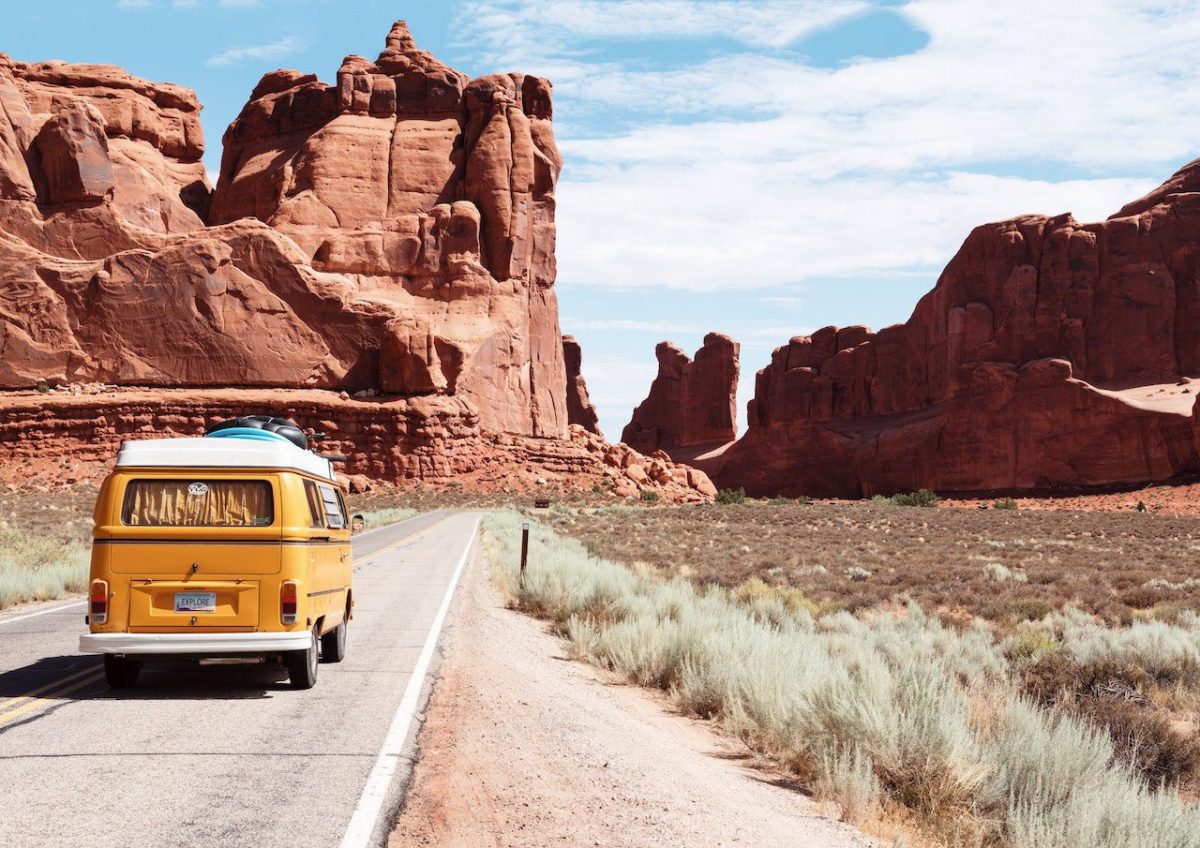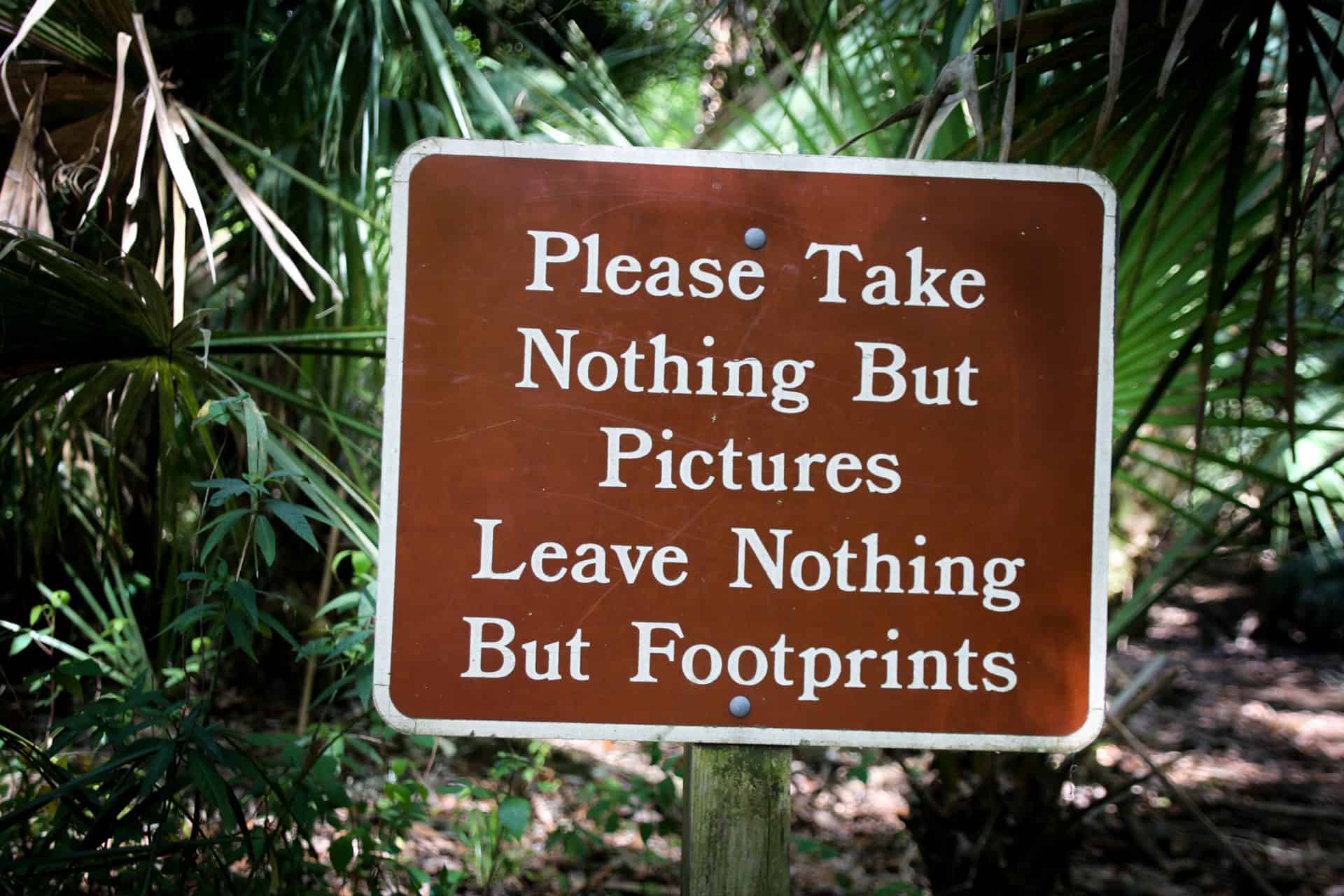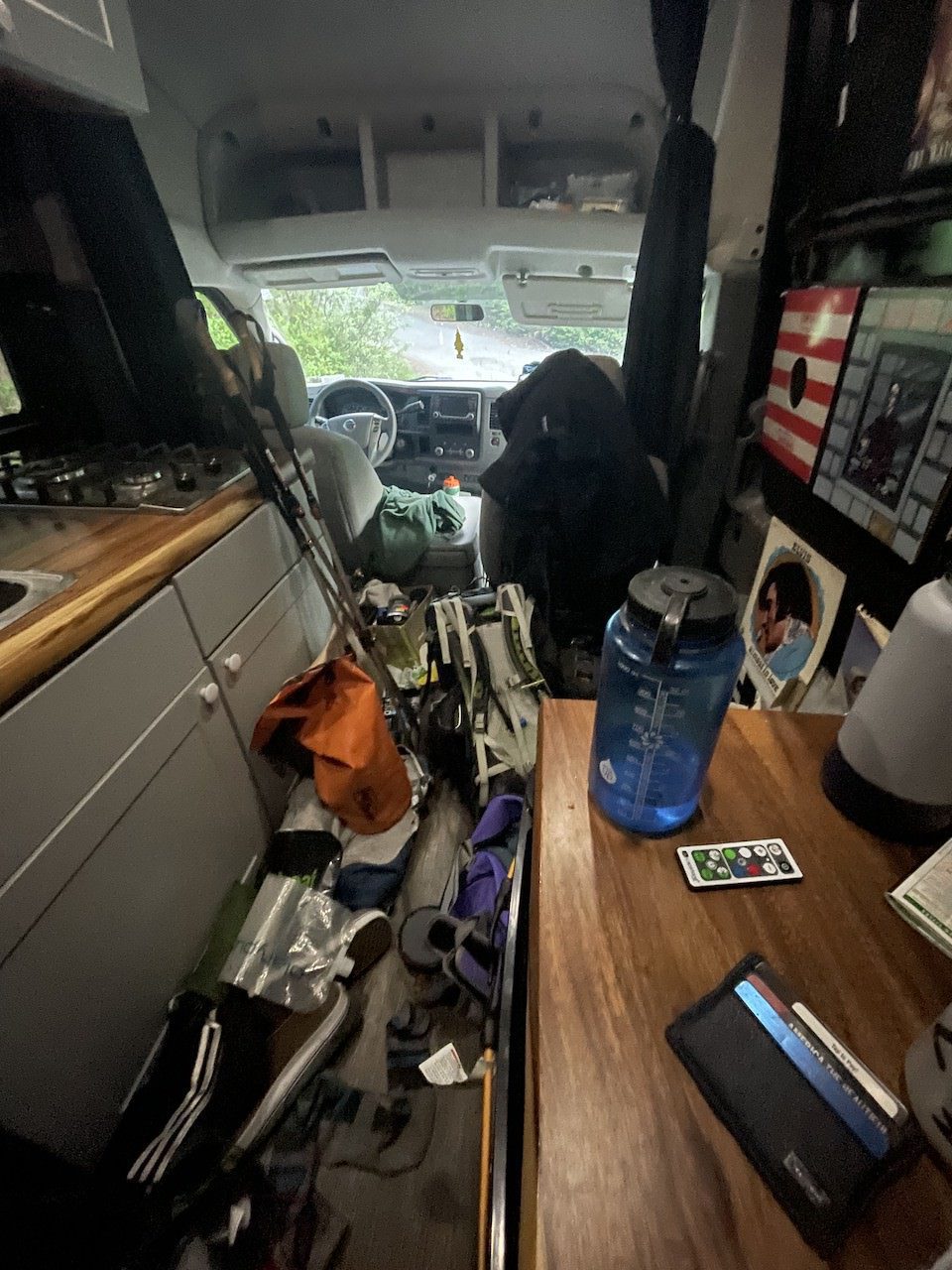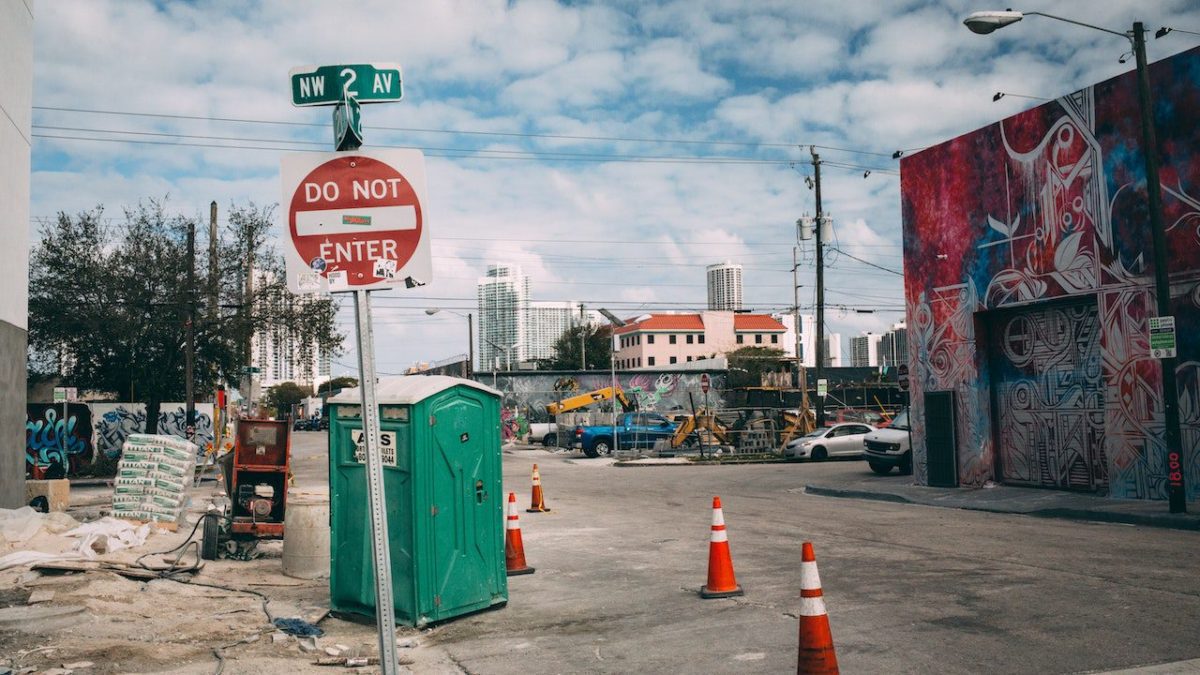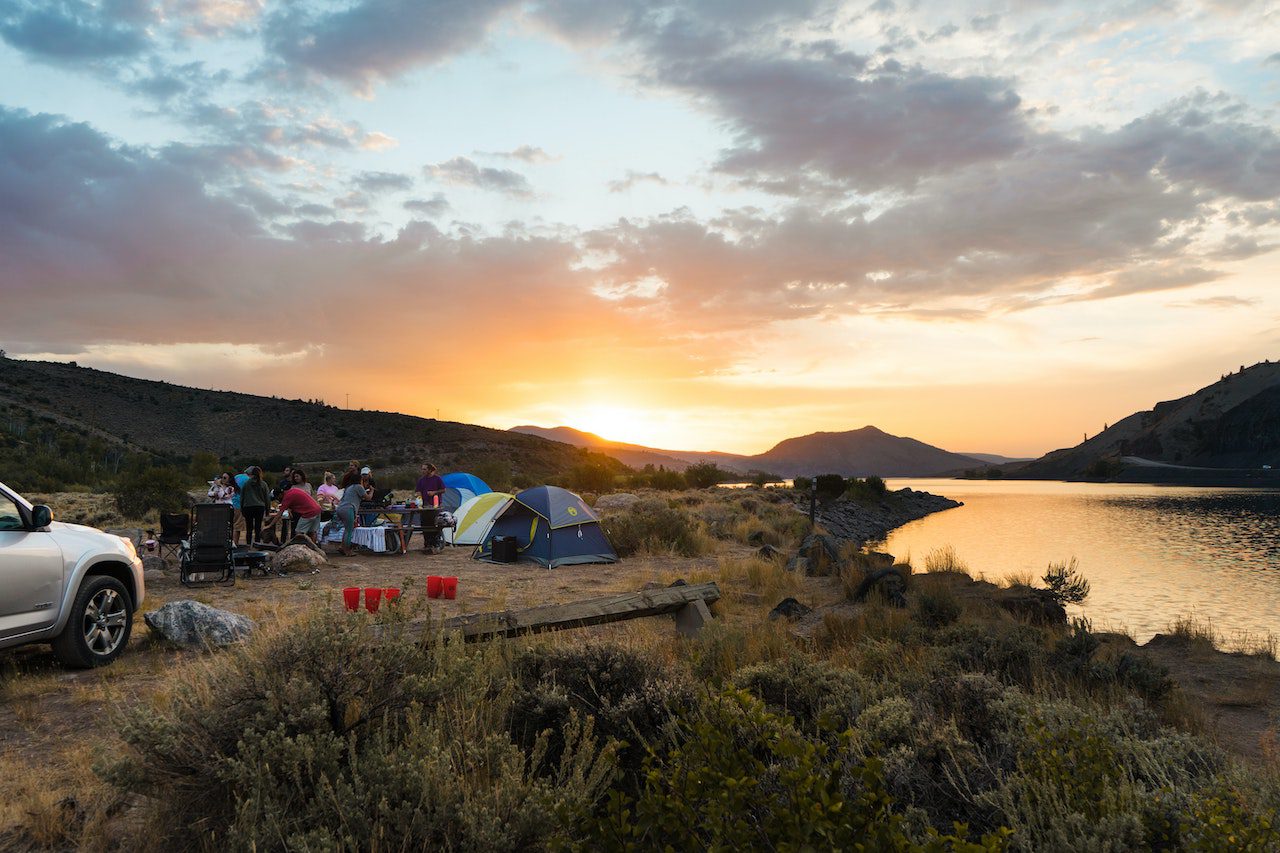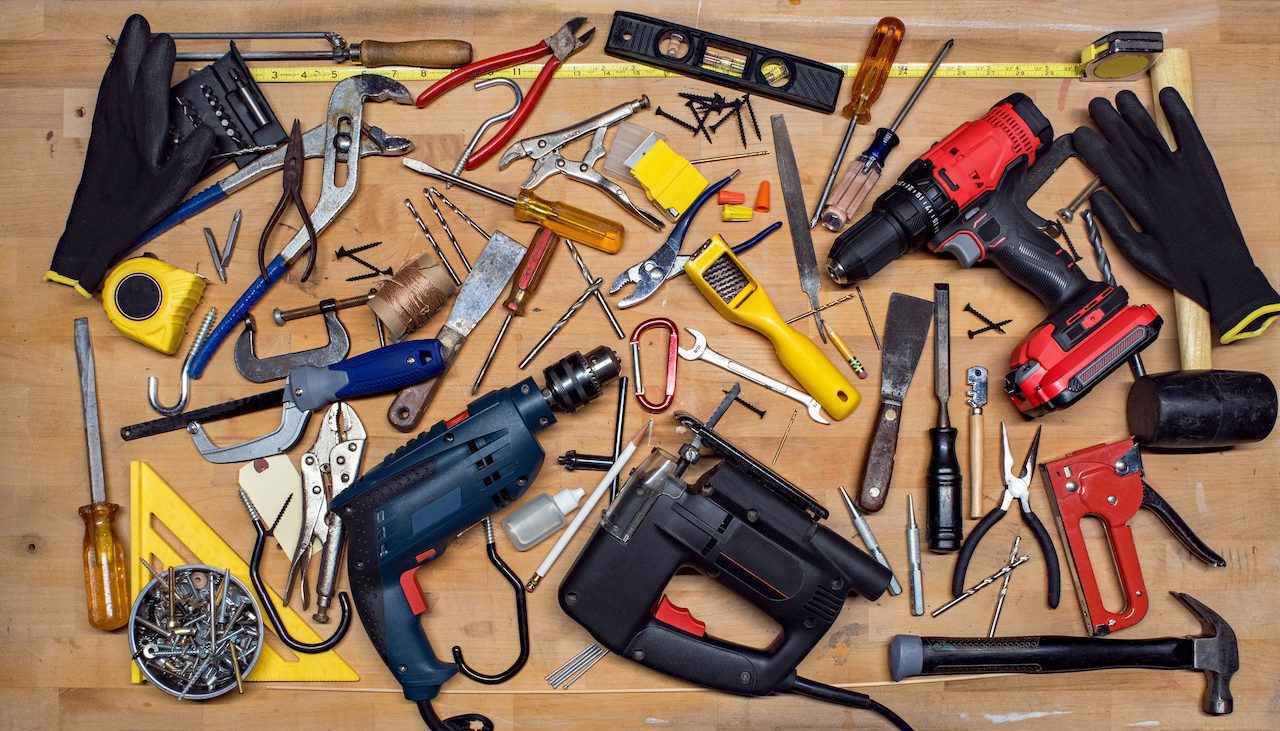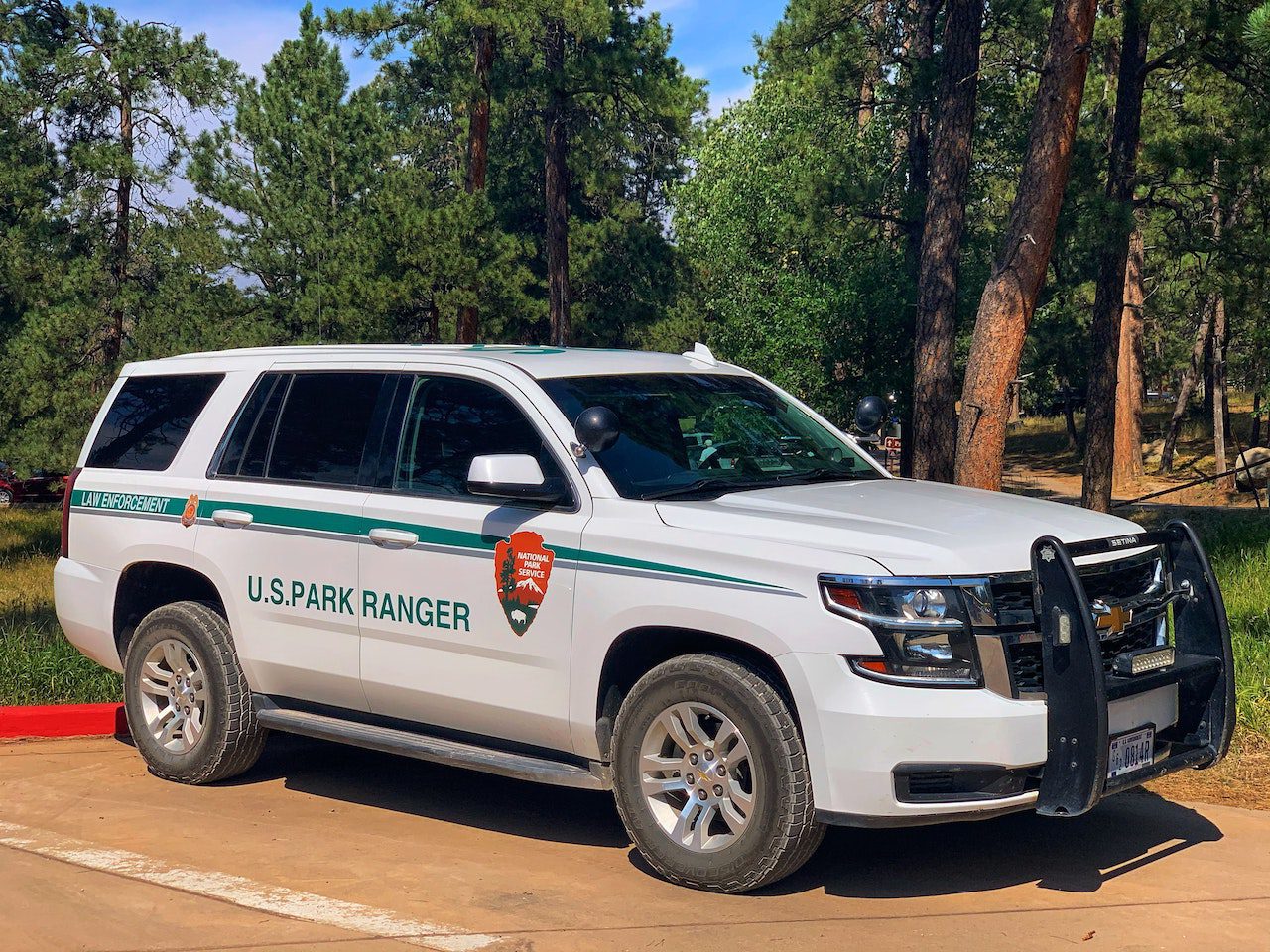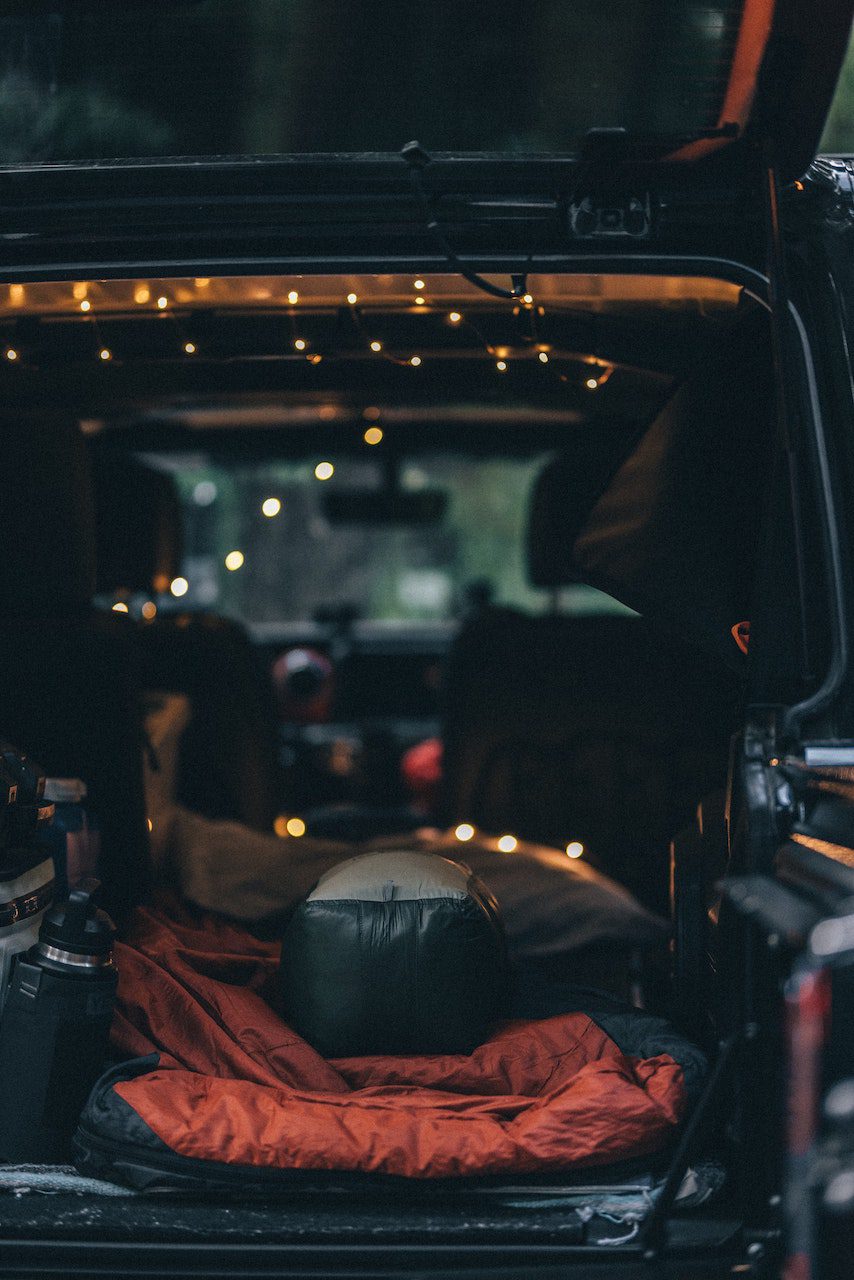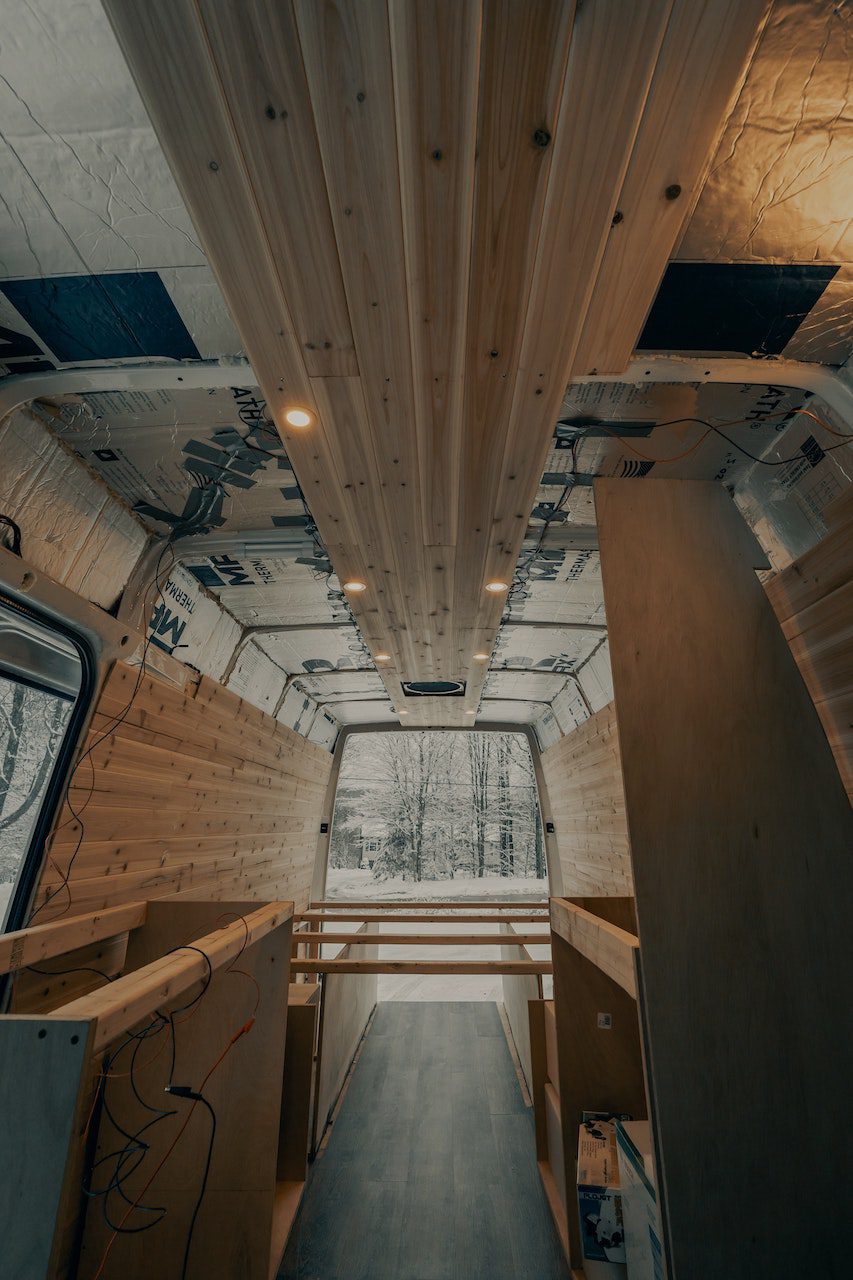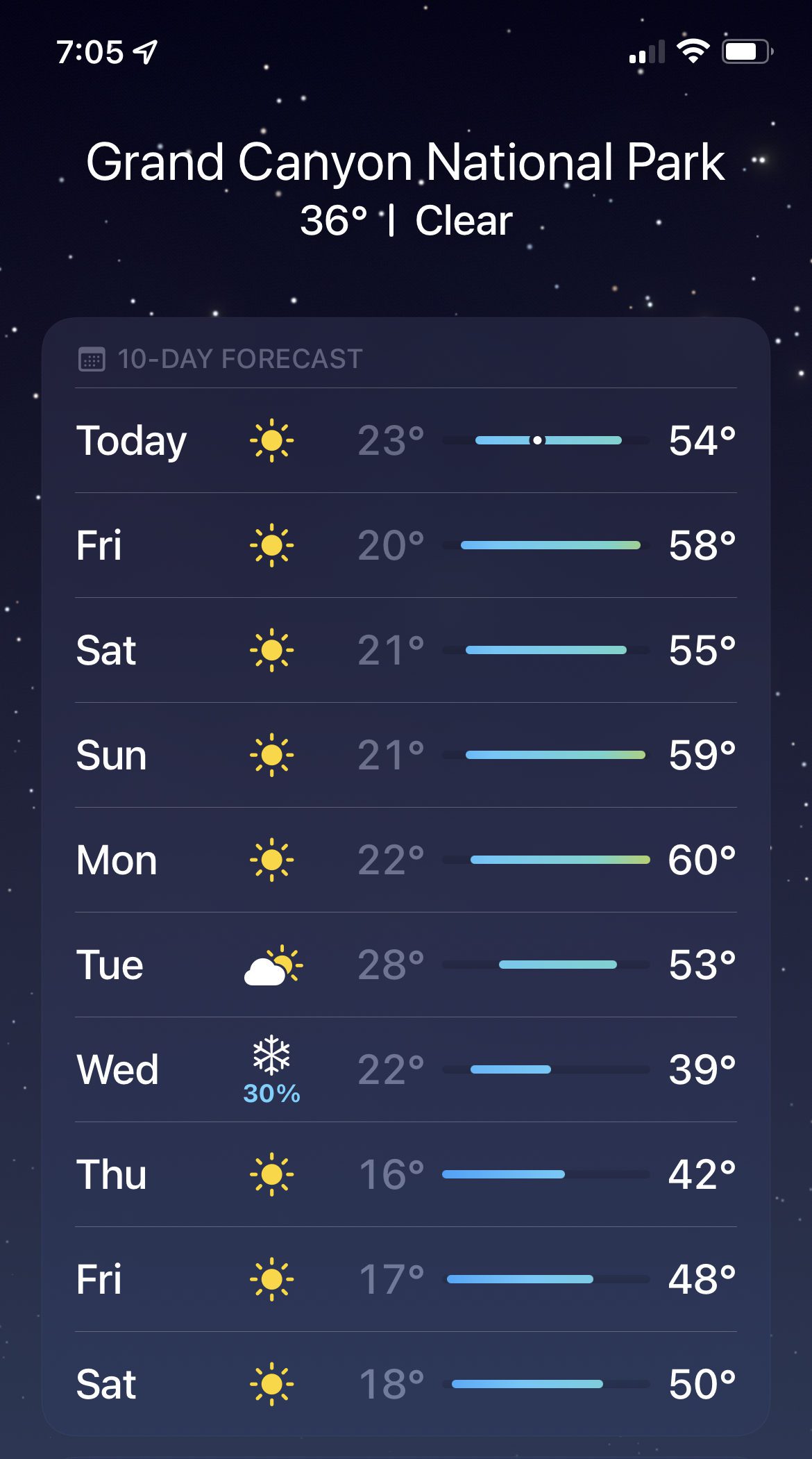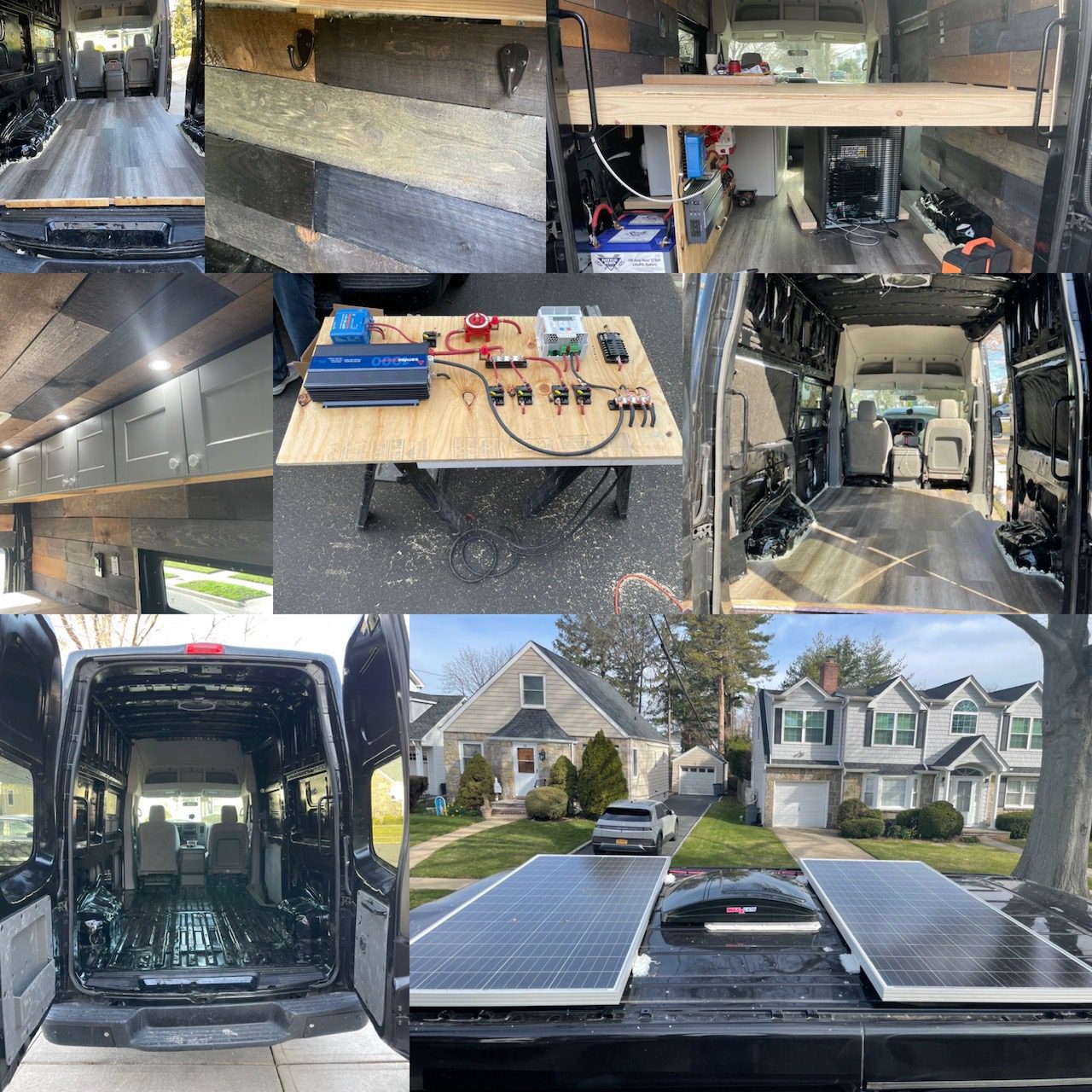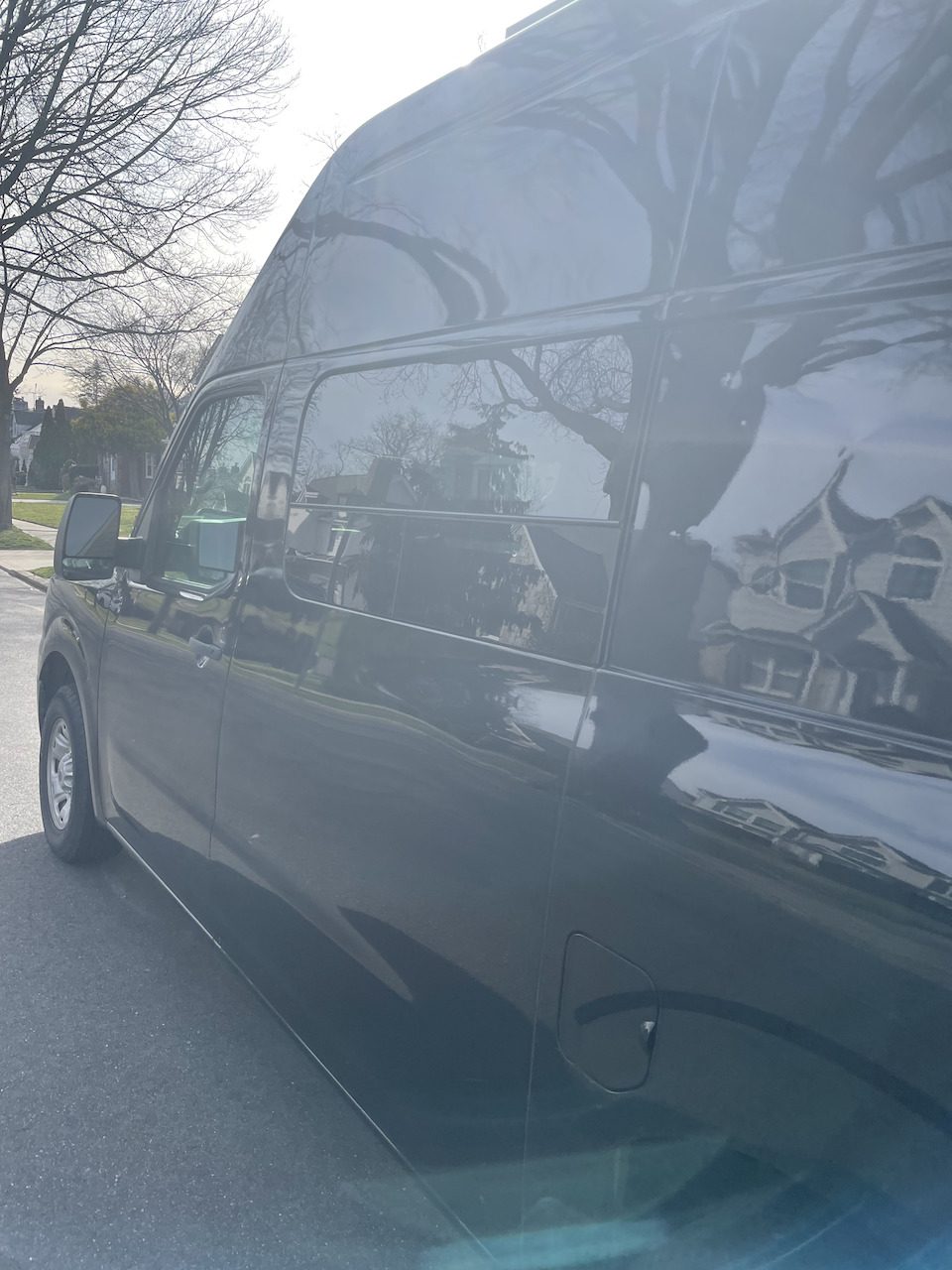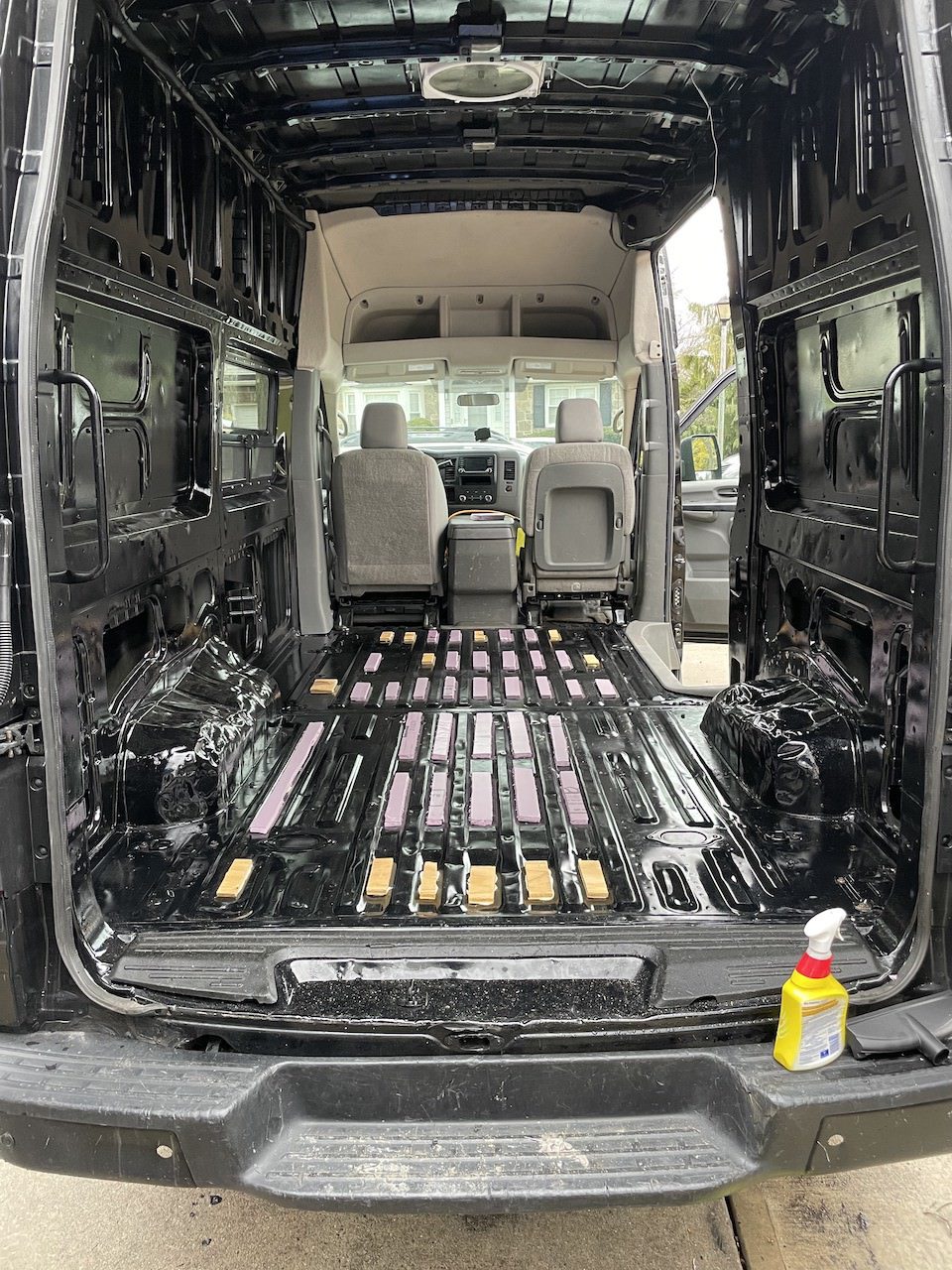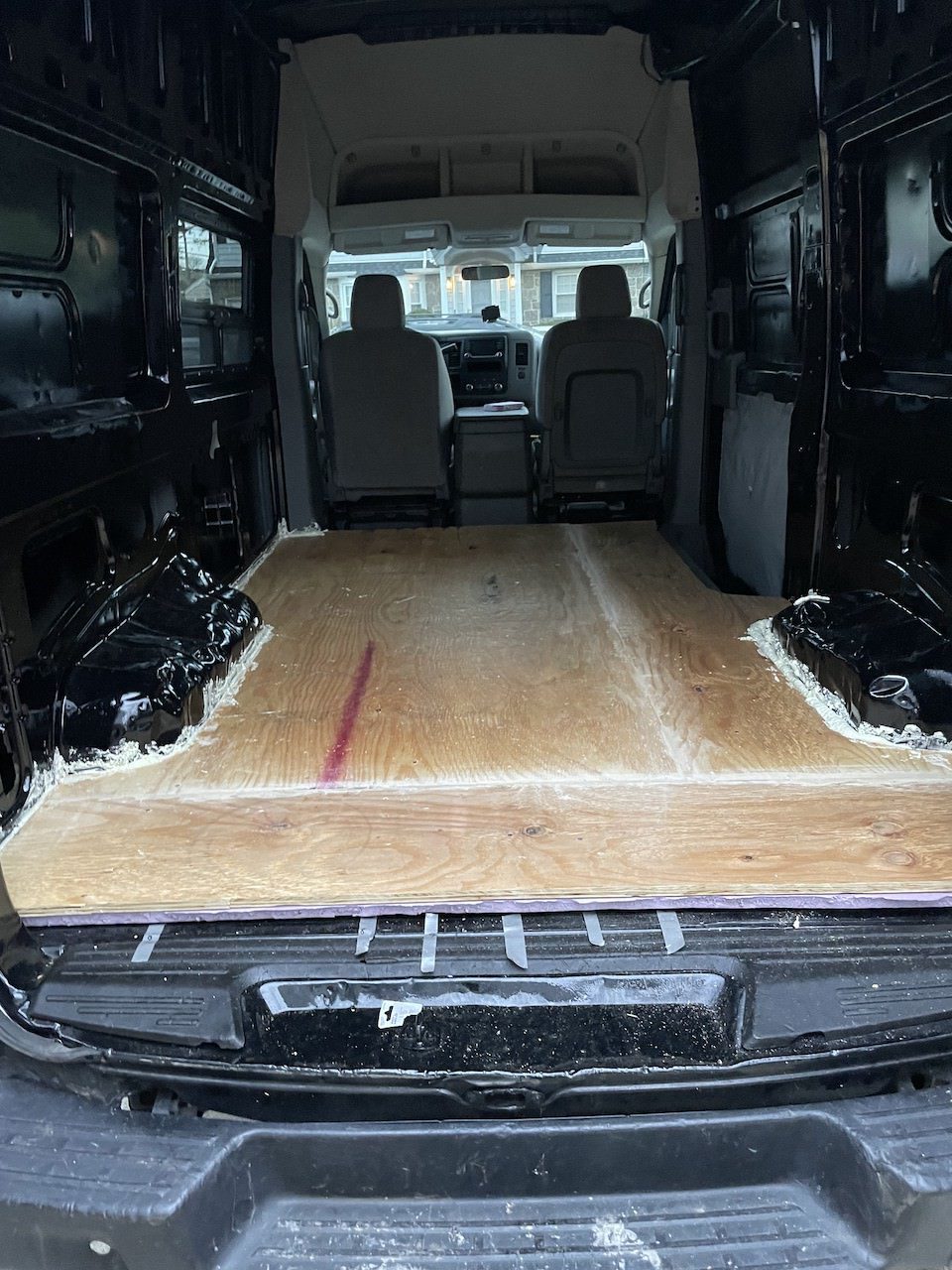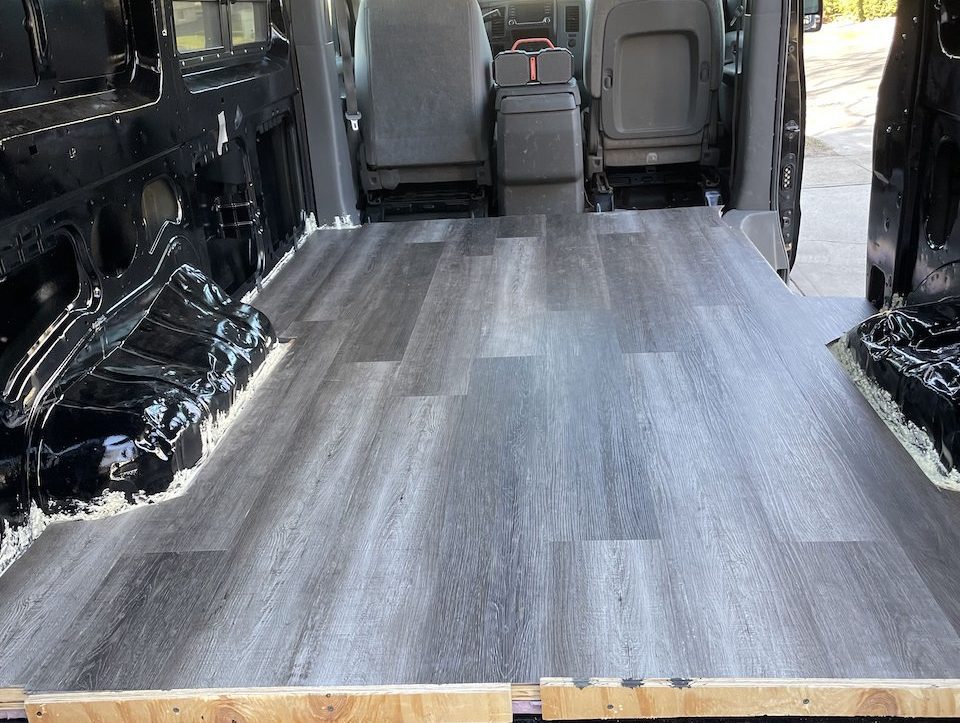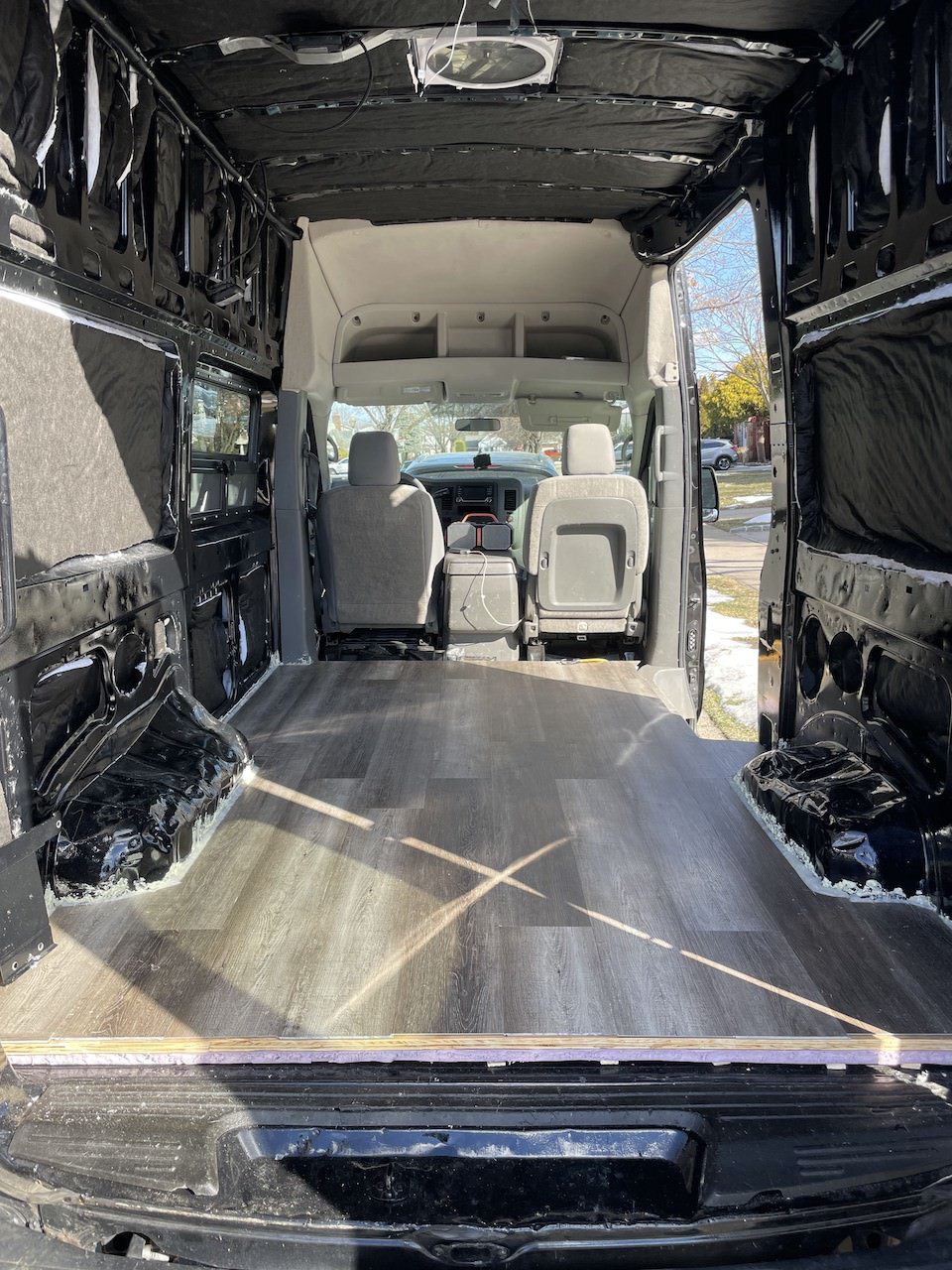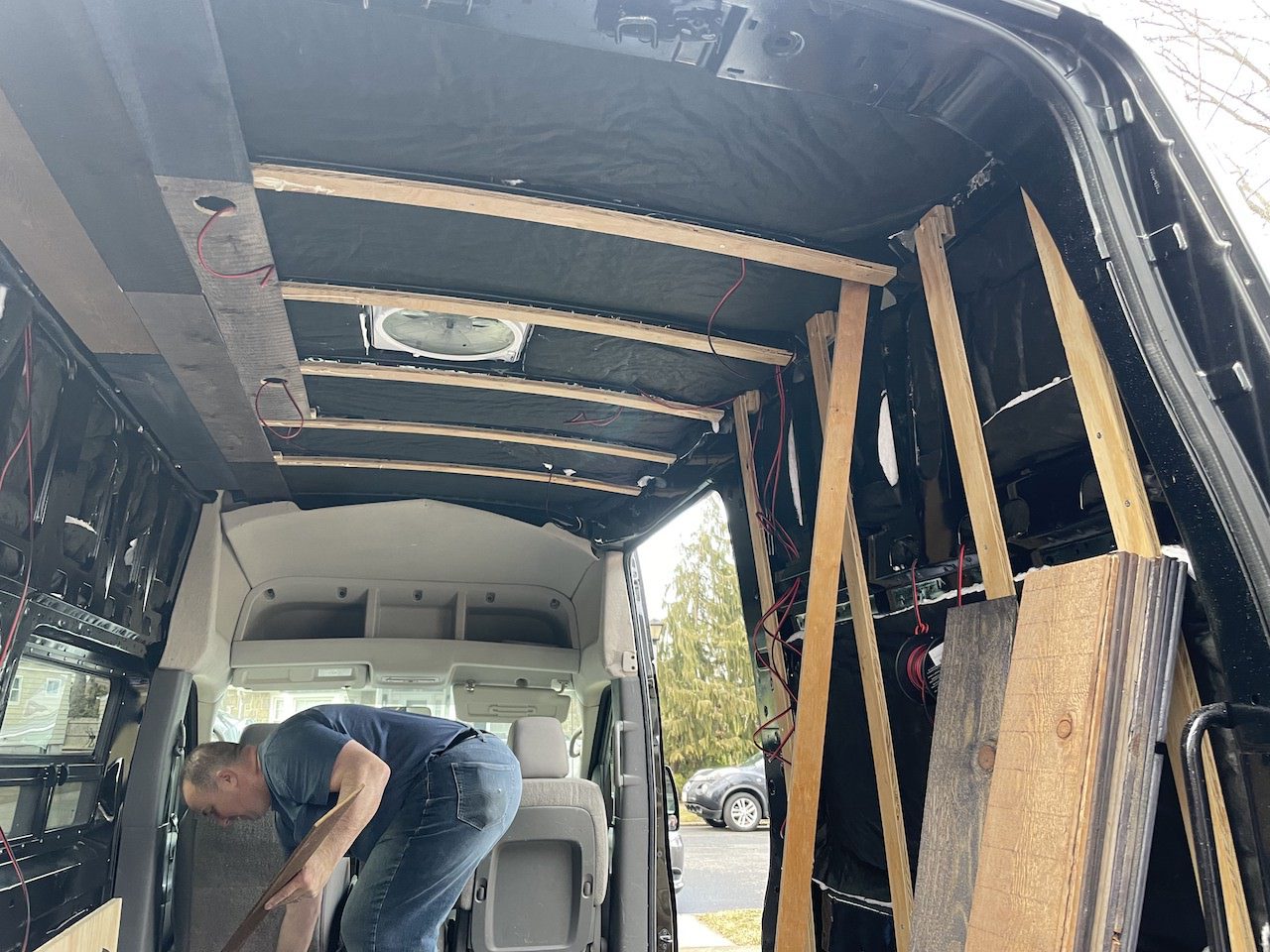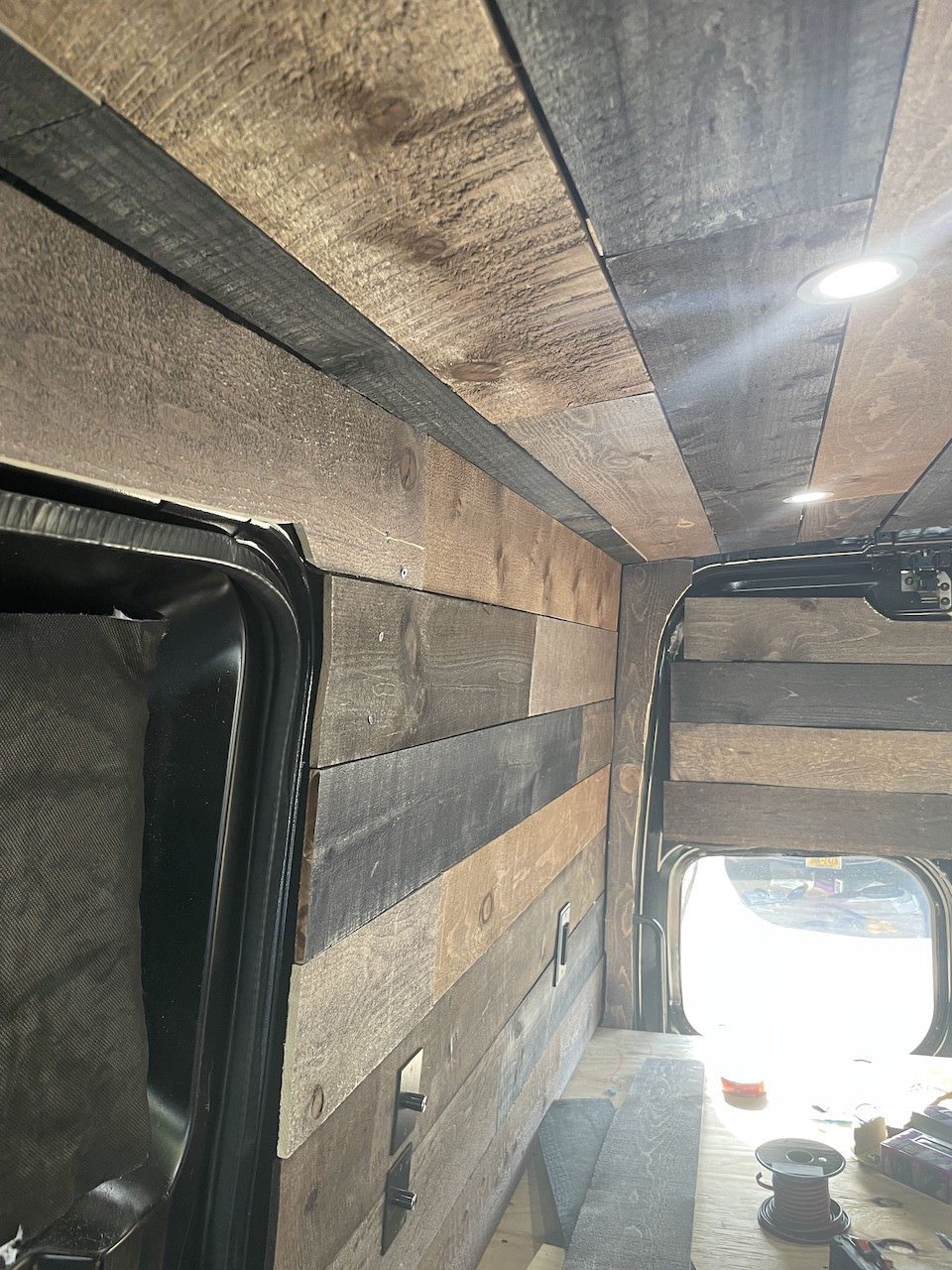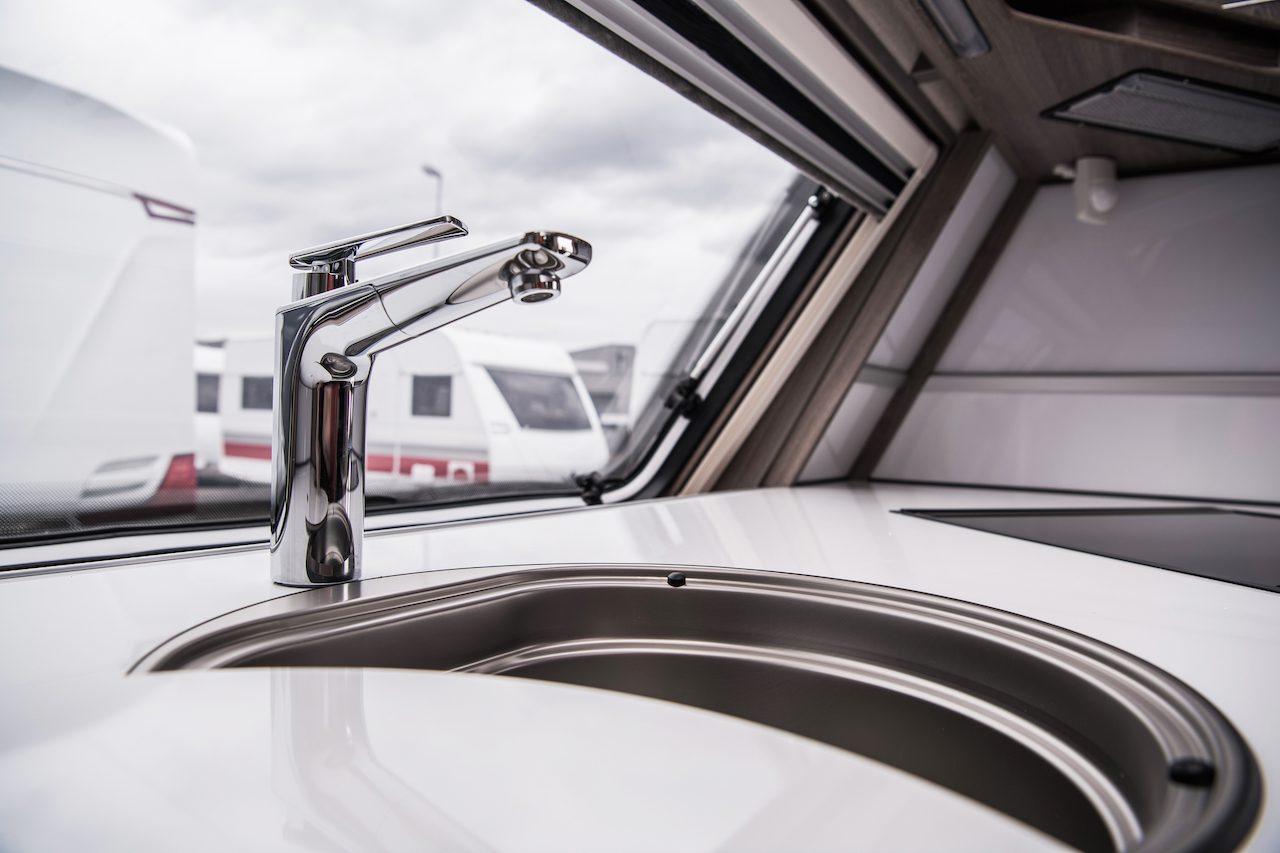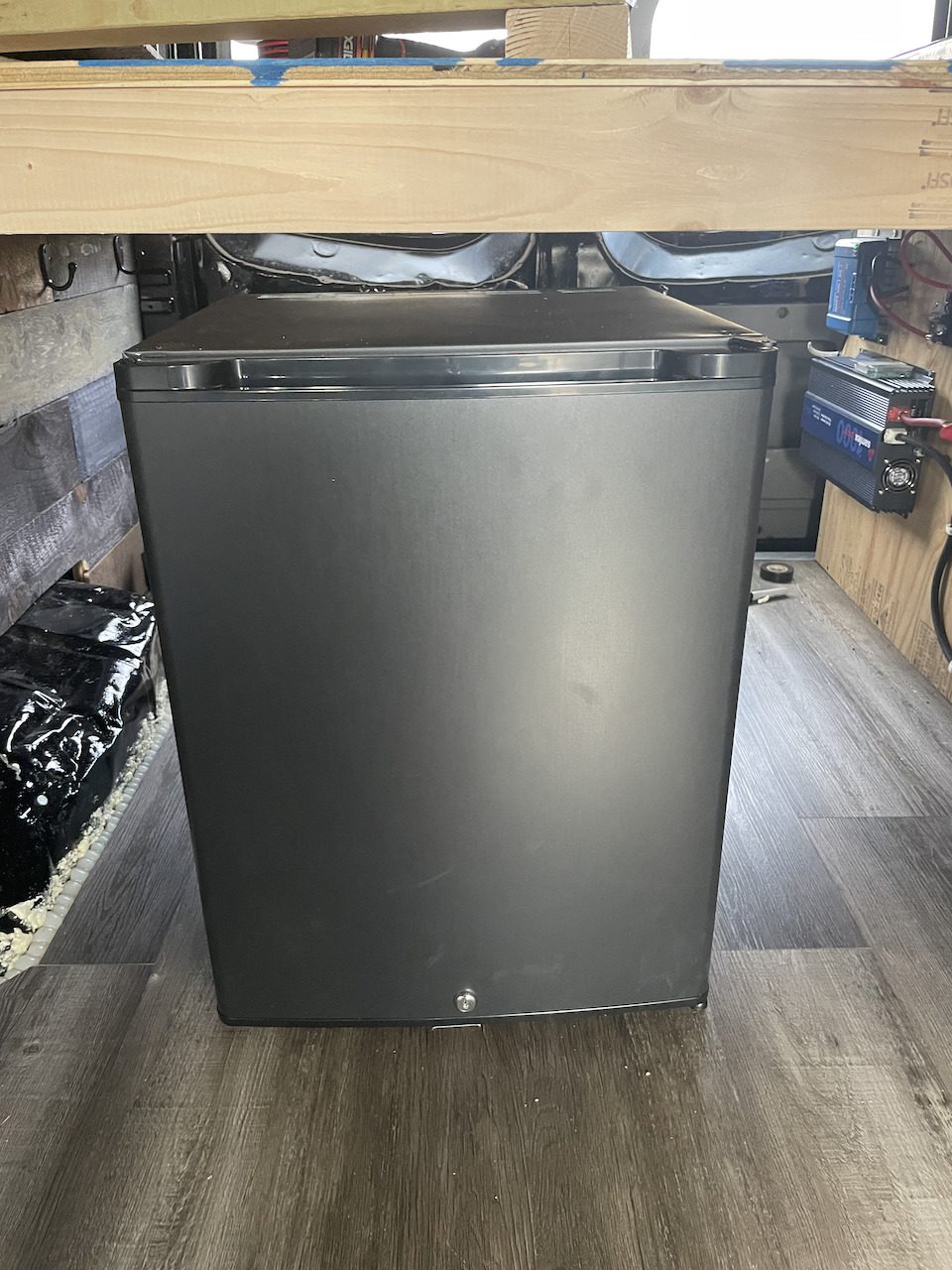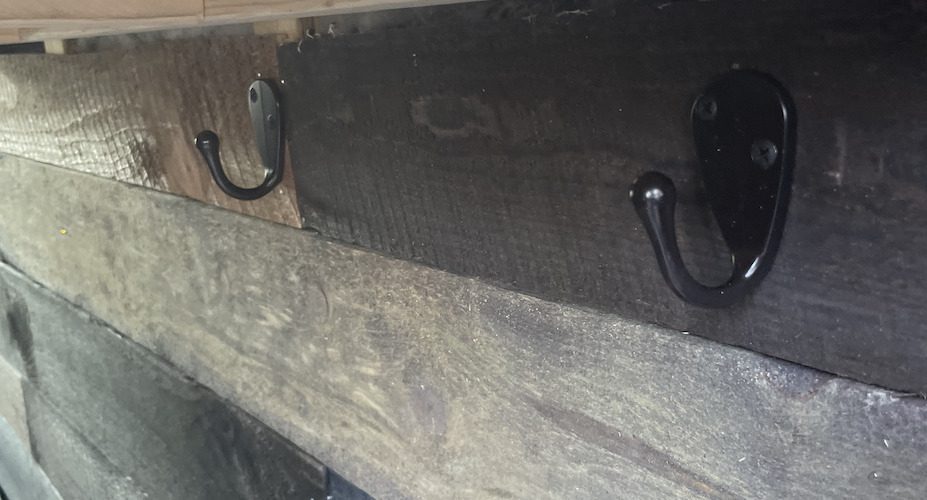Cheap Van Life Shower Ideas:
When living the van life, you need to have a way to shower. While wet wipes work in a pinch, they can only do so much. At some point or another, you will need a proper shower when on the road.
The problem many prospective van lifers have is that they do not want to spend all that money and time designing a fully contained shower system. So I decided to give a rundown of some cheap van life shower ideas to help keep you clean on the road without breaking the bank!
Below are some of the easiest and cheapest van life shower options:
- Outdoor showers:
- Bag Showers
- Pump-only showers
- Facilities:
- Rest stops
- Gyms
- campsites
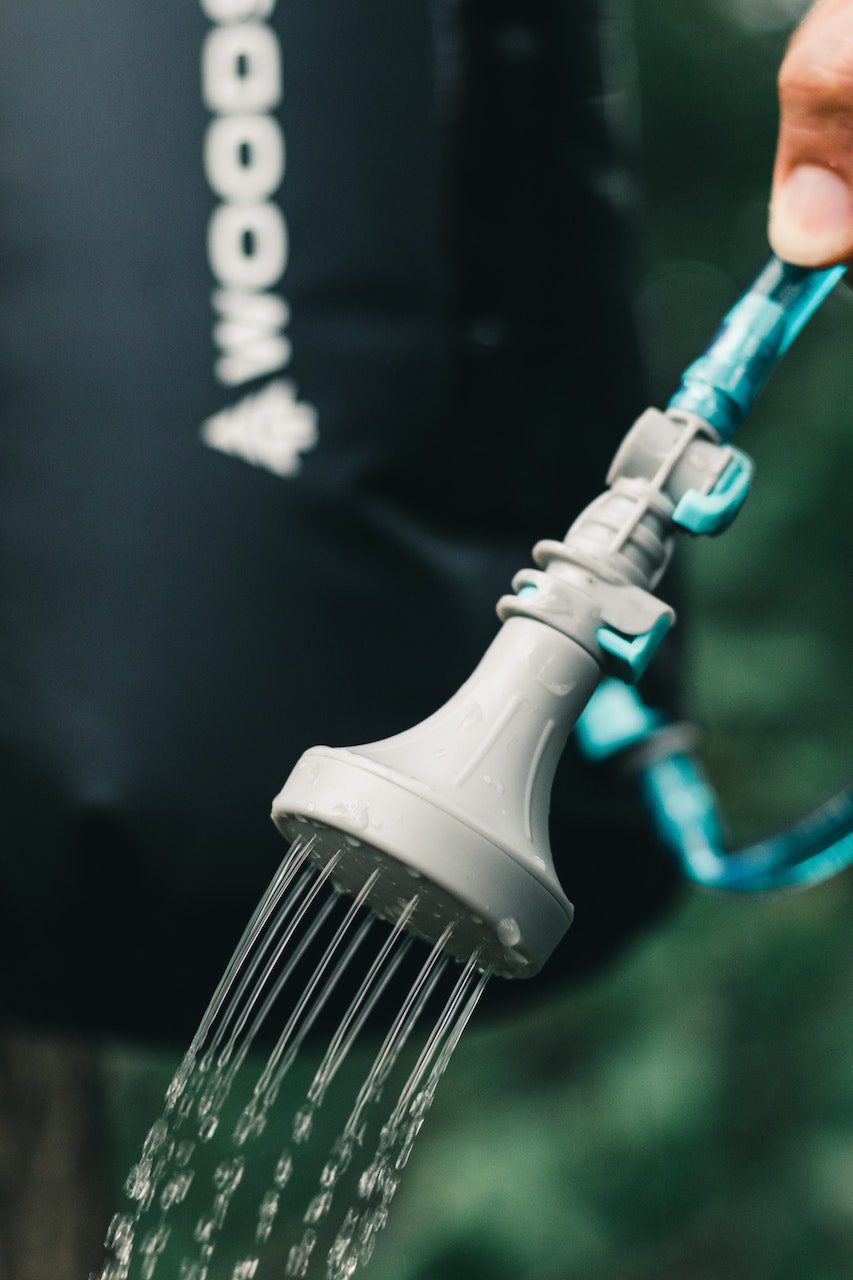
Van Life Bag Showers
We will start with the bag shower. These simple and affordable products are designed for taking outdoor showers during camping trips. They consist of bags (which hold your water) that vary in size depending on the brand and rely on a pump or gravity to provide water pressure.
The exciting thing about these showers is that because the bags are made of PVC, they can provide warm water if left out in direct sunlight for enough time. However, do not expect to take a piping hot shower with these guys. They will get lukewarm at best, but these still provide an excellent cheap van life shower option.
Pros:
- Portable
- Affordable
- Quick Set Up
Cons:
- Requires hours of direct sunlight to warm up.
- Must find a private area to shower
KIPIDA Solar Shower Bag
Pros:
- Built-in thermometer
- Holds up to 20 Liters of water
Cons:
- Need to hang from a low branch.
- Works by gravity
The KIPIDA Solar Shower bag is a classic van life bag shower. Like most bag showers, it is extremely easy to use. Just fill it up with water, leave it outside to warm up, and take a shower after a long day of activities!
The only thing that can be a pain is that this shower relies on gravity for its shower pressure, so you always need to find somewhere to hang it from, like a low branch or a van door. However, if you can plan ahead and don’t mind waiting for your shower to warm up, this can be an excellent option for you!
Ridgewater Portable Camp Shower
Pros:
- Rechargeable pump
- Comes with additional spray nozzle great for cleaning dishes.
Cons:
- Holds less water at 10L
The Ridgewater Portable Camp Shower is another excellent cheap van life shower option. It is a 10-liter dry bag with a rechargeable shower head. This option carries half the water of the KIPIDA, but what it does have that the KIPIDA doesn’t is a pump that allows you to shower wherever no branch is needed!
Dr. Prepare:
Pros:
- Rechargeable air pump
- Water window (to see when it’s time to refill the bag)
- LED screen for battery and pump monitoring
Cons:
- More expensive than the above options
This option works like the other bag showers. But what makes Dr. Prepare special is that it comes with an LED screen where you can monitor the pump’s battery life and water pressure. But with this unique feature comes a price increase compared to the above two options.
Pump Only Showers:
Our next category of van life showers is pump-only showers, which is exactly what they sound like. You have a shower head with a connection down to a pump which you can place in a bucket or any body of water to give you a bare-bones shower.
Personally, I would just go with one of the bag showers that come with a pump. This way, you don’t have to worry about buying a bucket or finding a body of water to drop your pump in. But if a pump-only shower interests you, you should look into the below.
KEDSUM Portable Camp Shower
Pros:
- Portable
- Easy To Use
- Rechargeable Battery
Cons:
- No Temperature Control
- Requires a watersource (i.e bucket or body of water)
The KEDSUM Portable camp shower is the most basic option available before using wet wipes. Essentially it is a pump attached to a shower head that can either be placed in a bucket or a body of water and, when turned on, gives you a little outdoor shower!
Cheap Heated Showers For Van Life
Now we come to heated showers for van life, for my deal seeking friends this is where the discounts end. But hey if warm water is a must and you do not want to have to outfit your van with it’s own plumbing the below option may be for you.
Hike Crew Portable Propane Water Heater & Shower Pump
Pros:
- Warm Showers
Cons:
- Bulky
- Runs off propane
- Requires water source
- More expensive than the above options.
While a bit bulkier, the Hiking Crew Portable Propane Water Heater & Shower Pump offers the coveted warm water shower, we all love. This system draws water from a container and runs it through a propane-powered stove to give you hot water.
Keep in mind that this option is NOT cheap, but I figured I would mention it for those of you who absolutely must have hot water.
Showering At Other Facilities During Van Life:
Now, if none of the above options appeal to you, another cheap way to shower during van life is by taking advantage of facilities that have showers available to their patrons. These usually come at a cost but the common options available to you on the road include the following:
- Gyms
- Rest stops
- Campsites
Gyms:

Gyms are a classic van life shower option. When picking a gym to have as a shower spot when on the road, I would research which ones have the most facilities in the areas you are traveling through. Planet Fitness and LA Fitness are two great options worth considering.
Rest Stops:
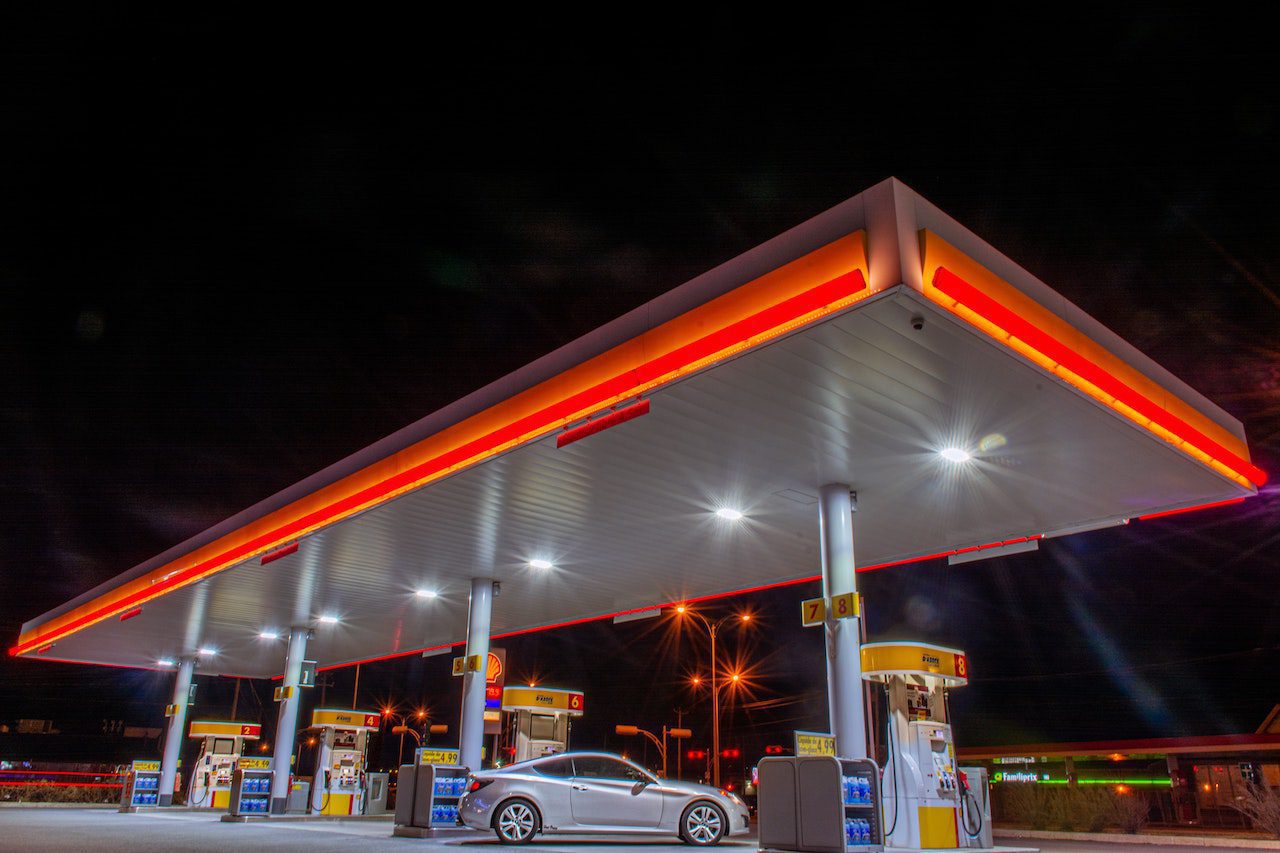
If you spend enough time on the road, you will eventually find yourself sleeping at the occasional trucker’s rest stop. These areas work great in a pinch but what’s even better is that some of them have showers available for a small fee. I use iOverlander to find locations near me when out on the road.
Campsites:
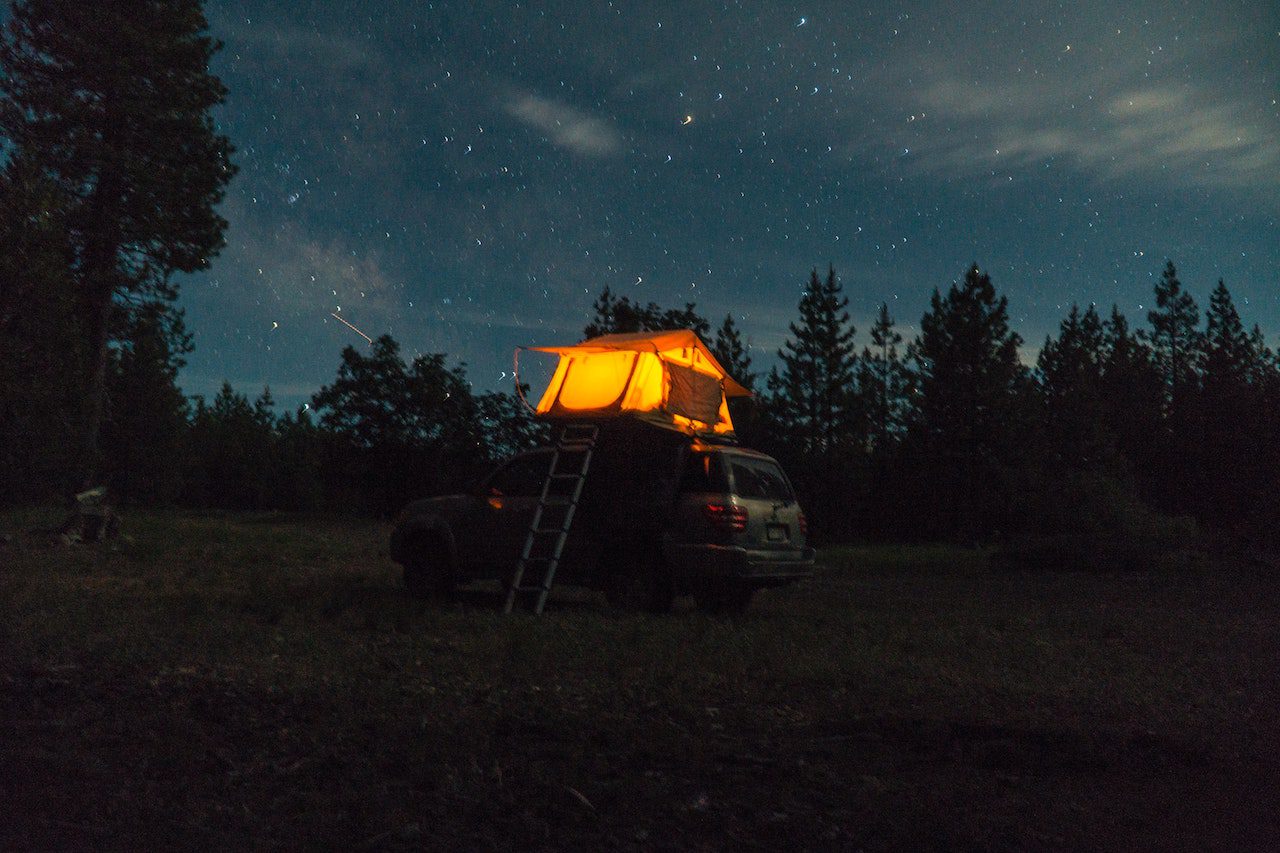
Front country campsites are another area that can provide showers. Again you typically need to pay for a night’s stay to use the amenities but depending on how stinky you are, it may be worth it!
Before paying for a night’s stay, speak with the campground’s host to ensure that the site has showers available for use, as they are not a standard for all campsites.






